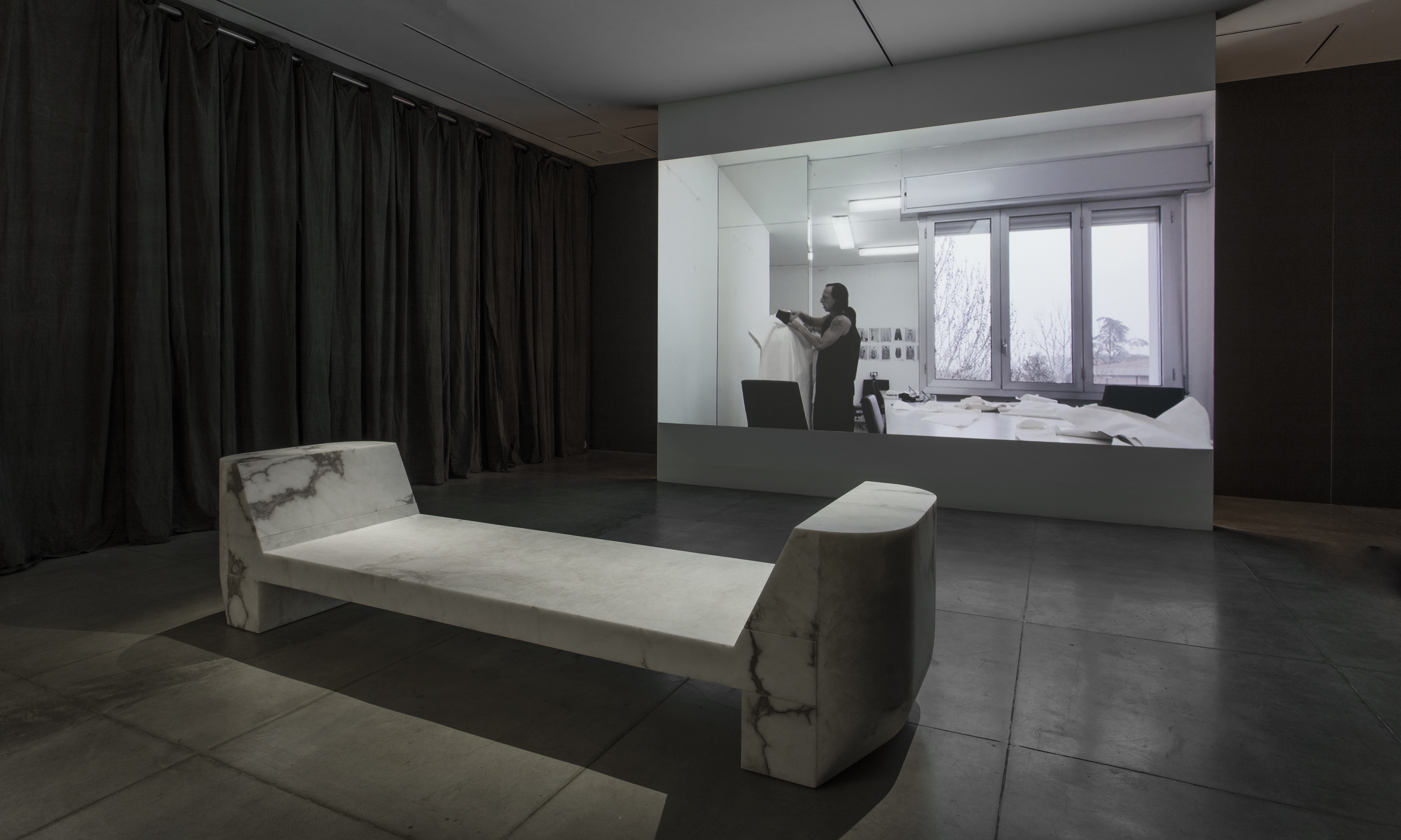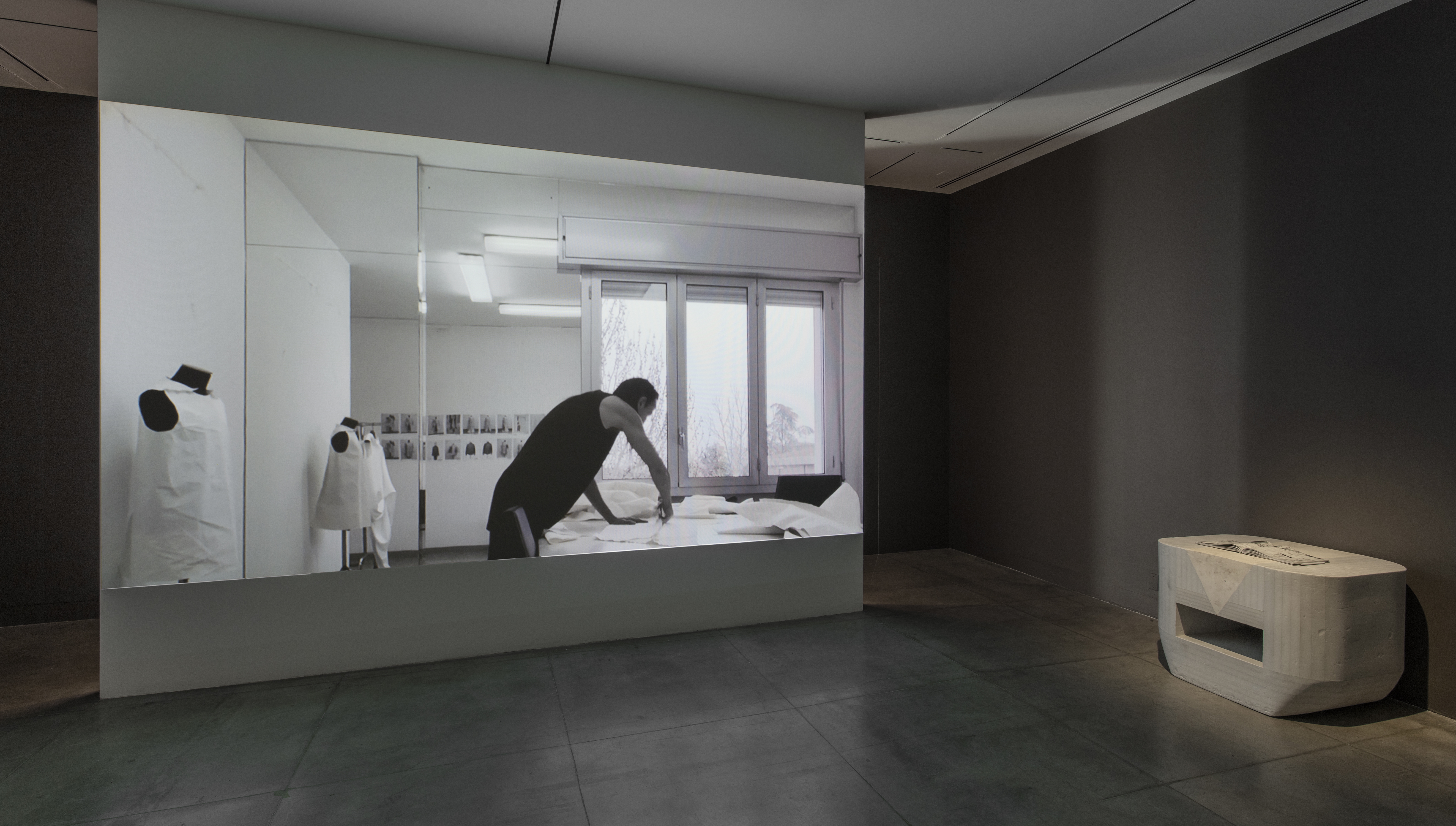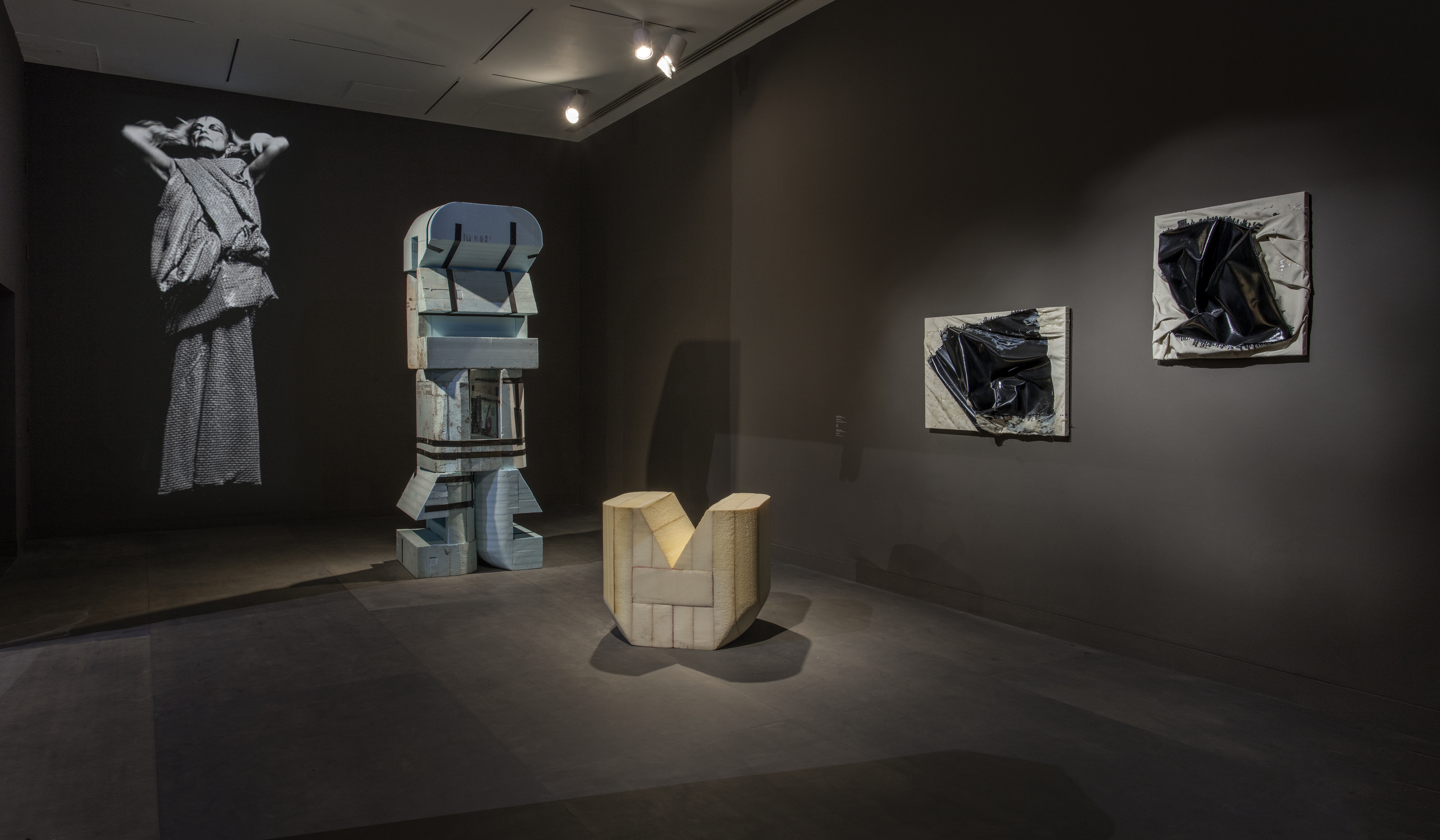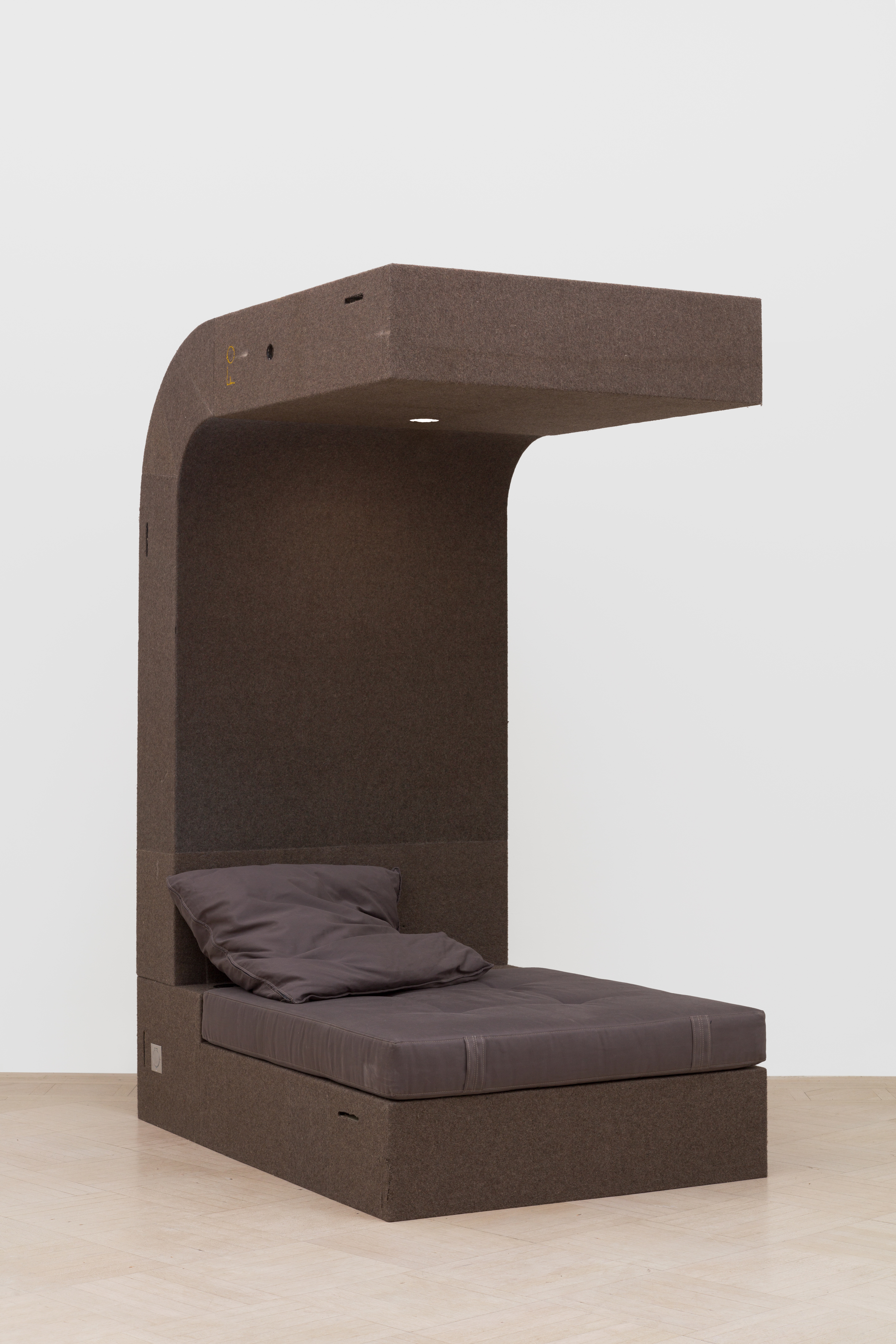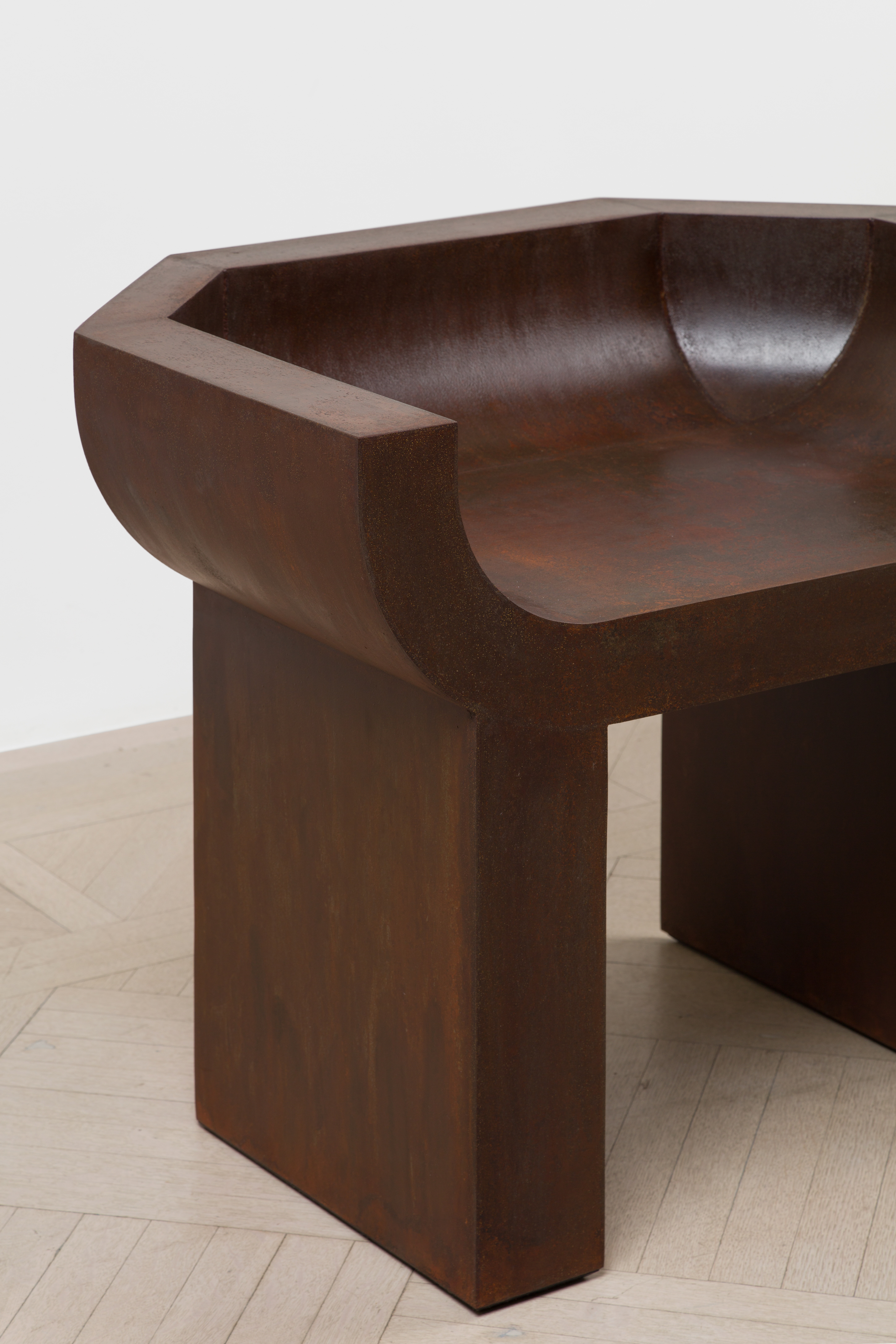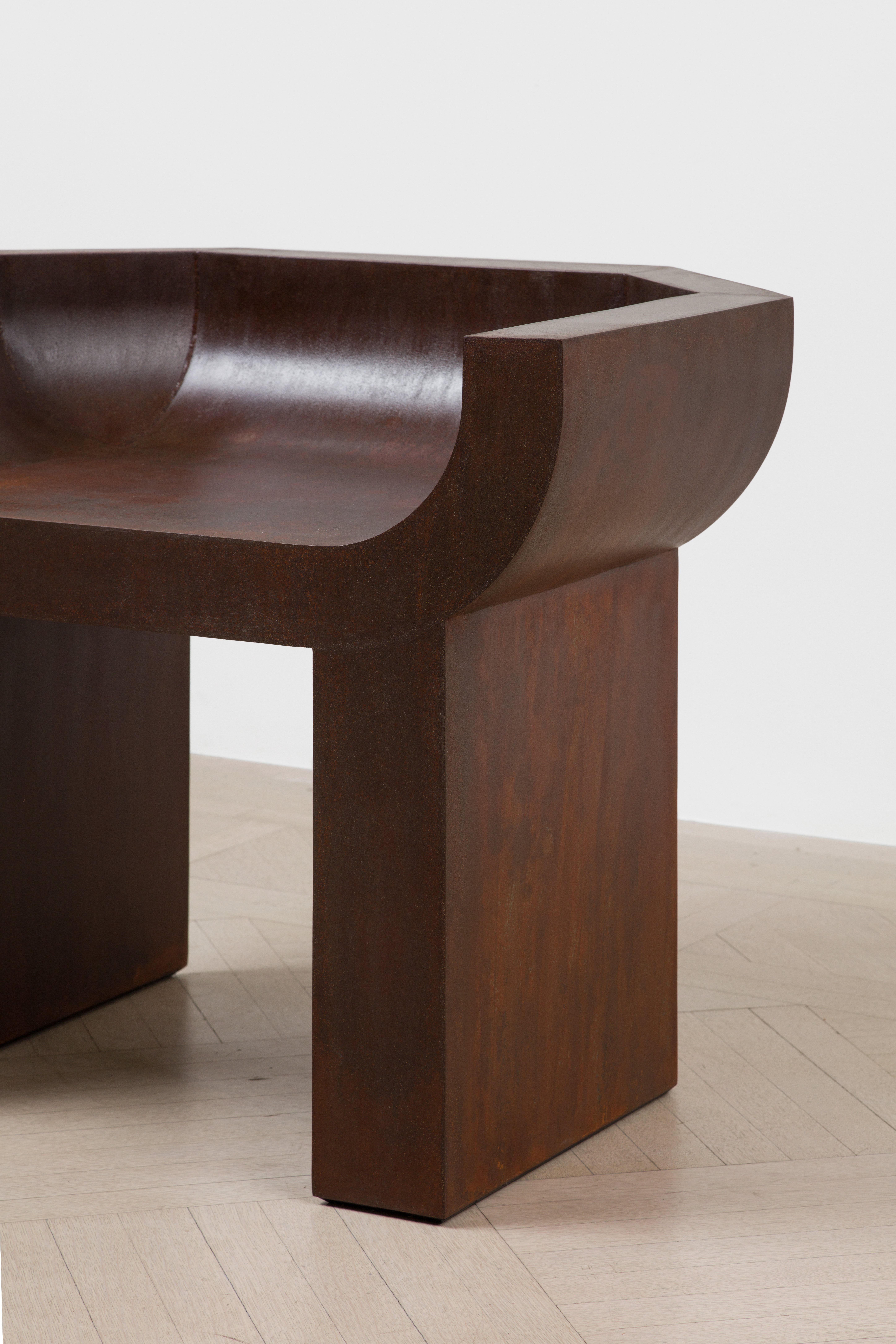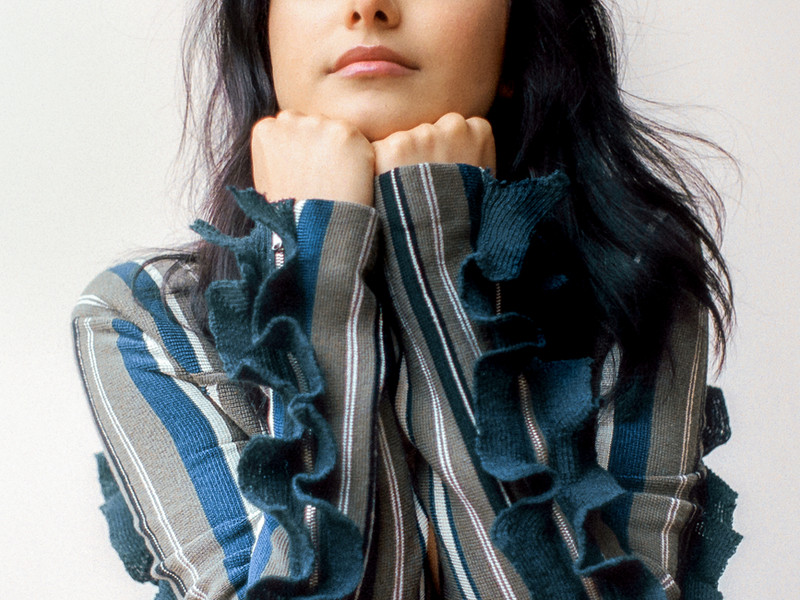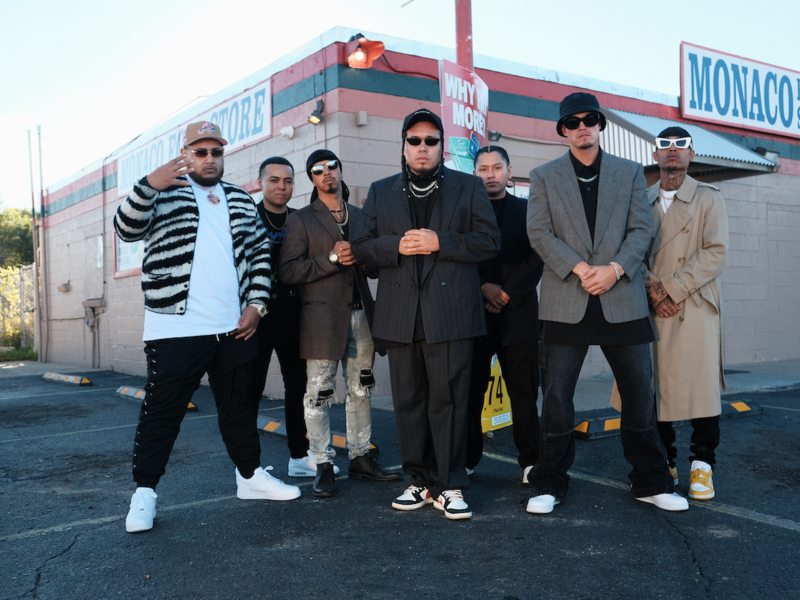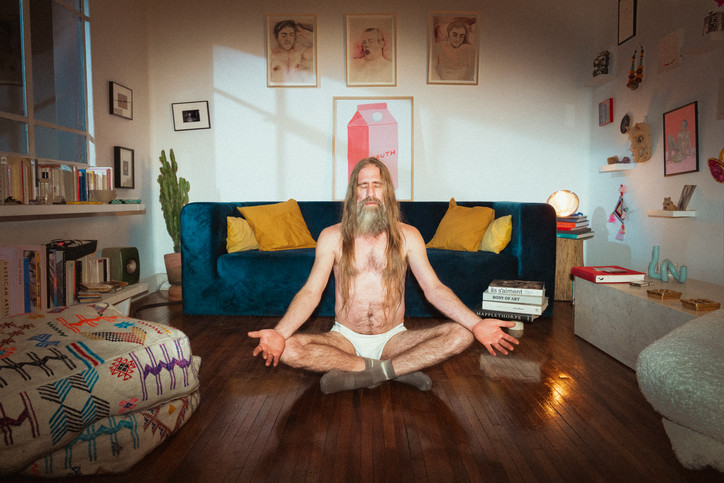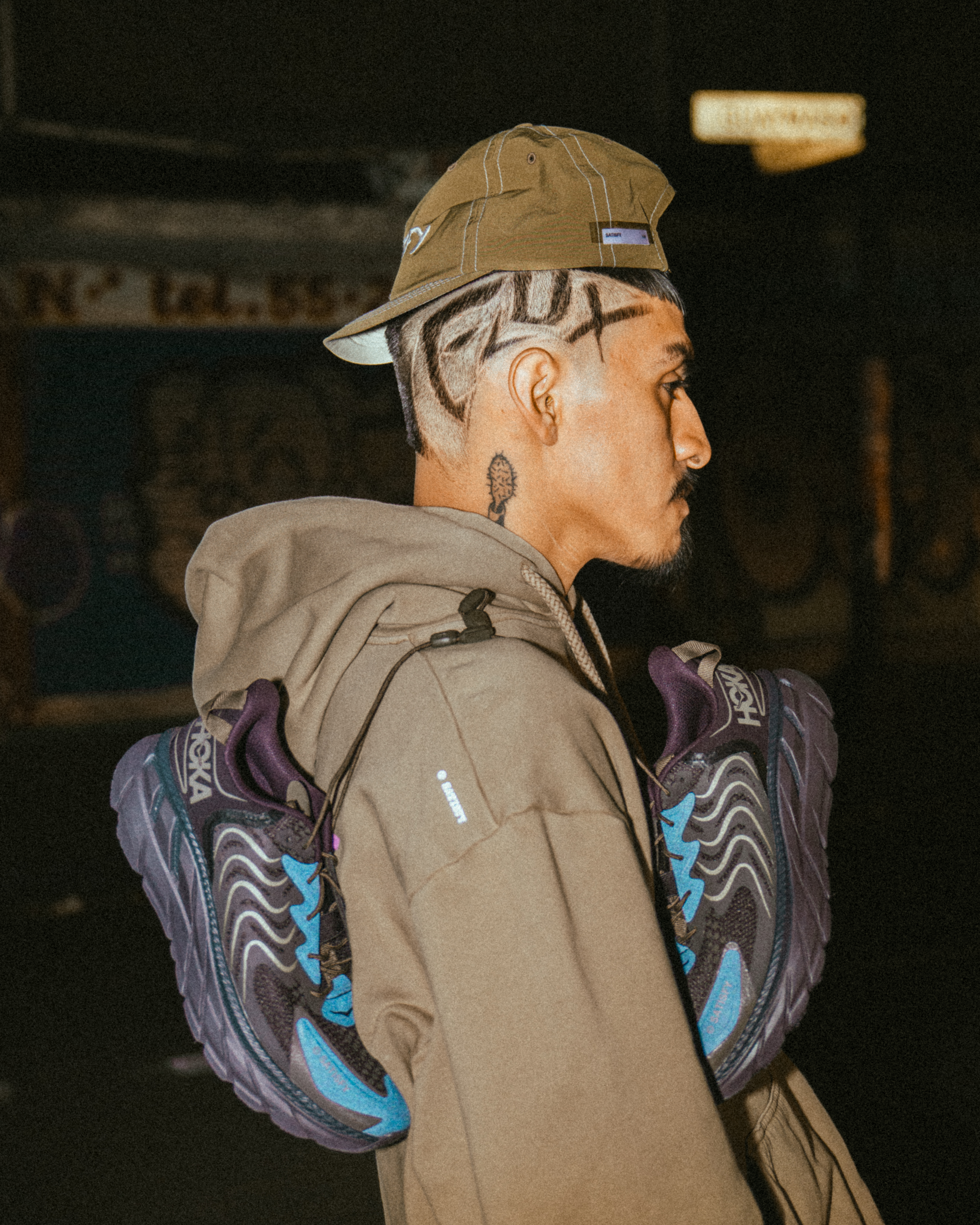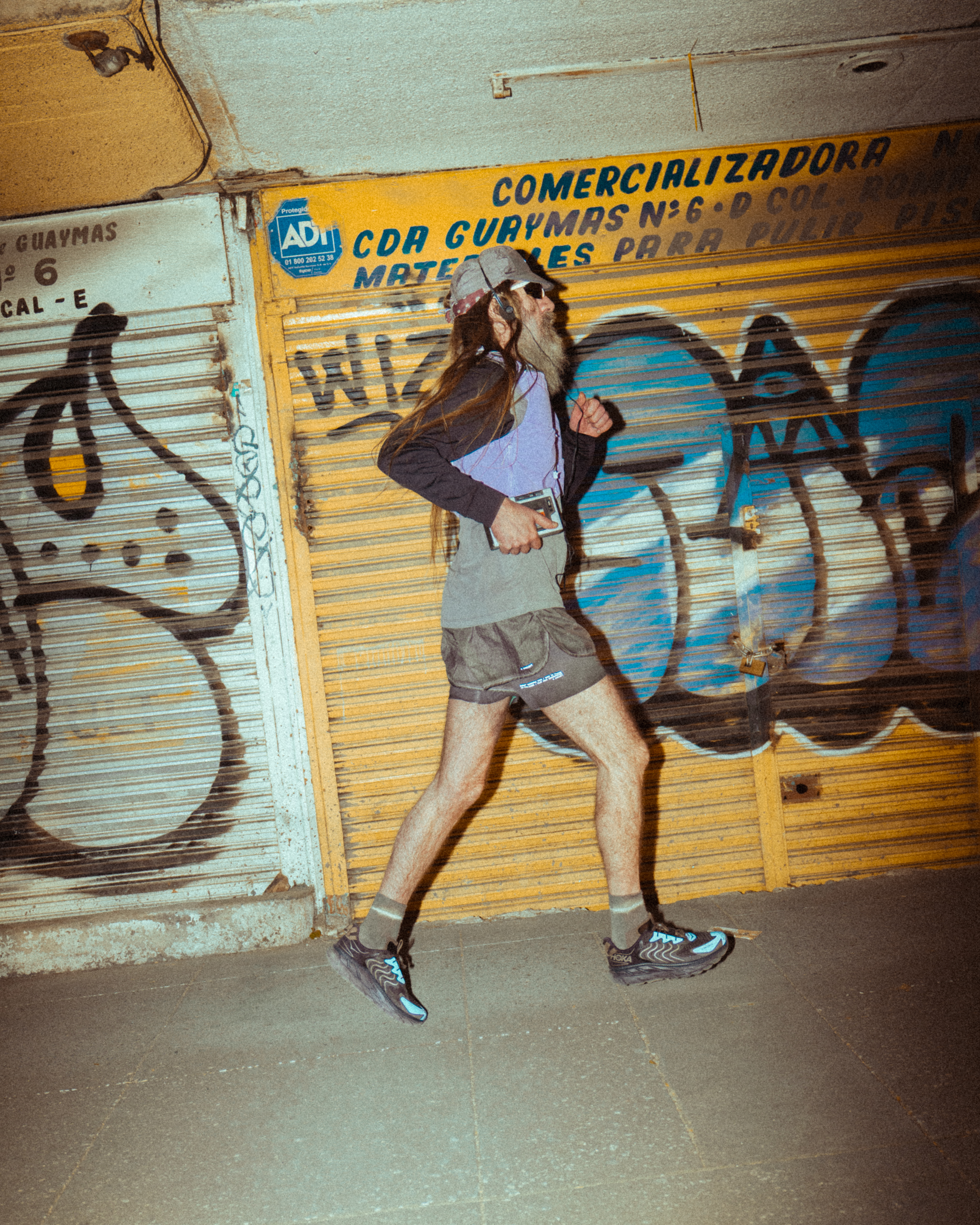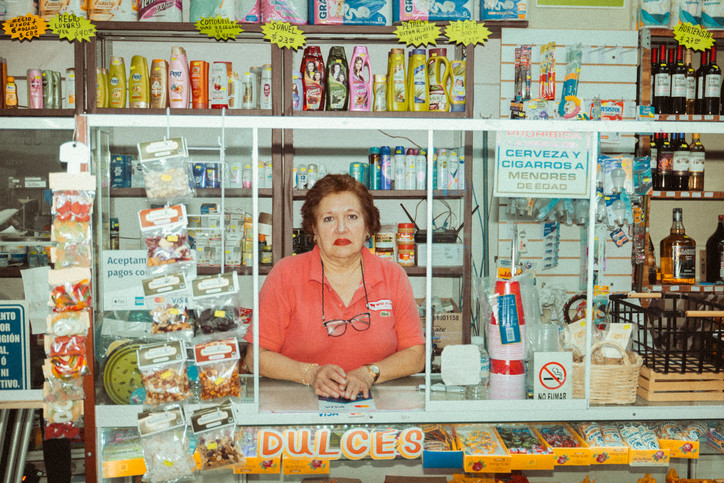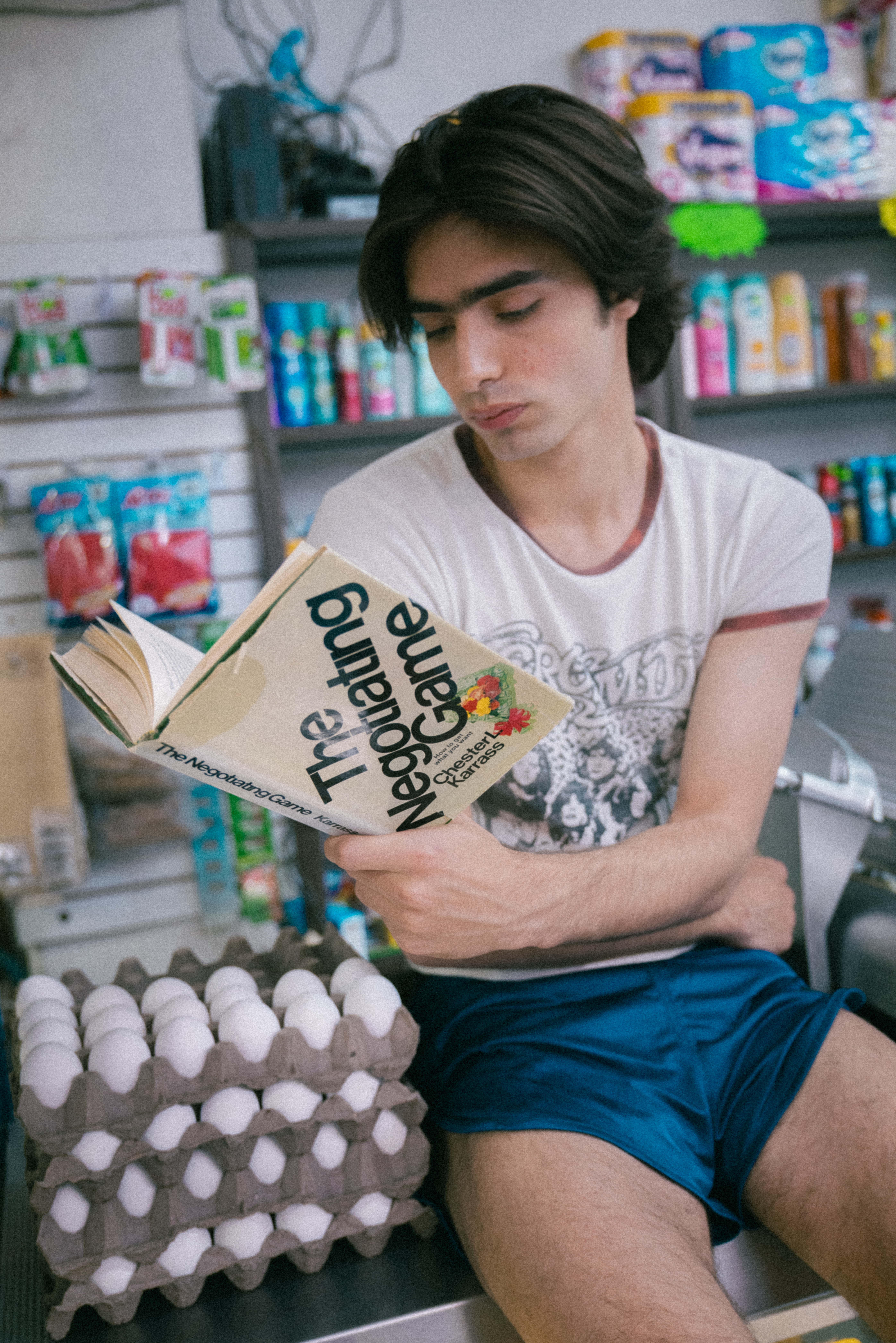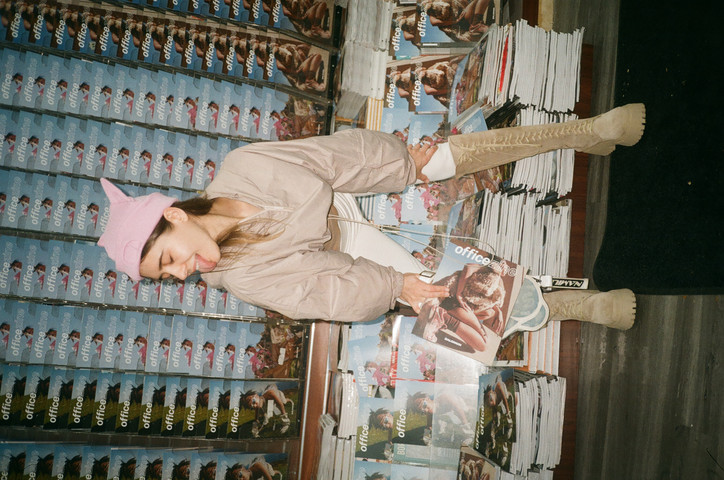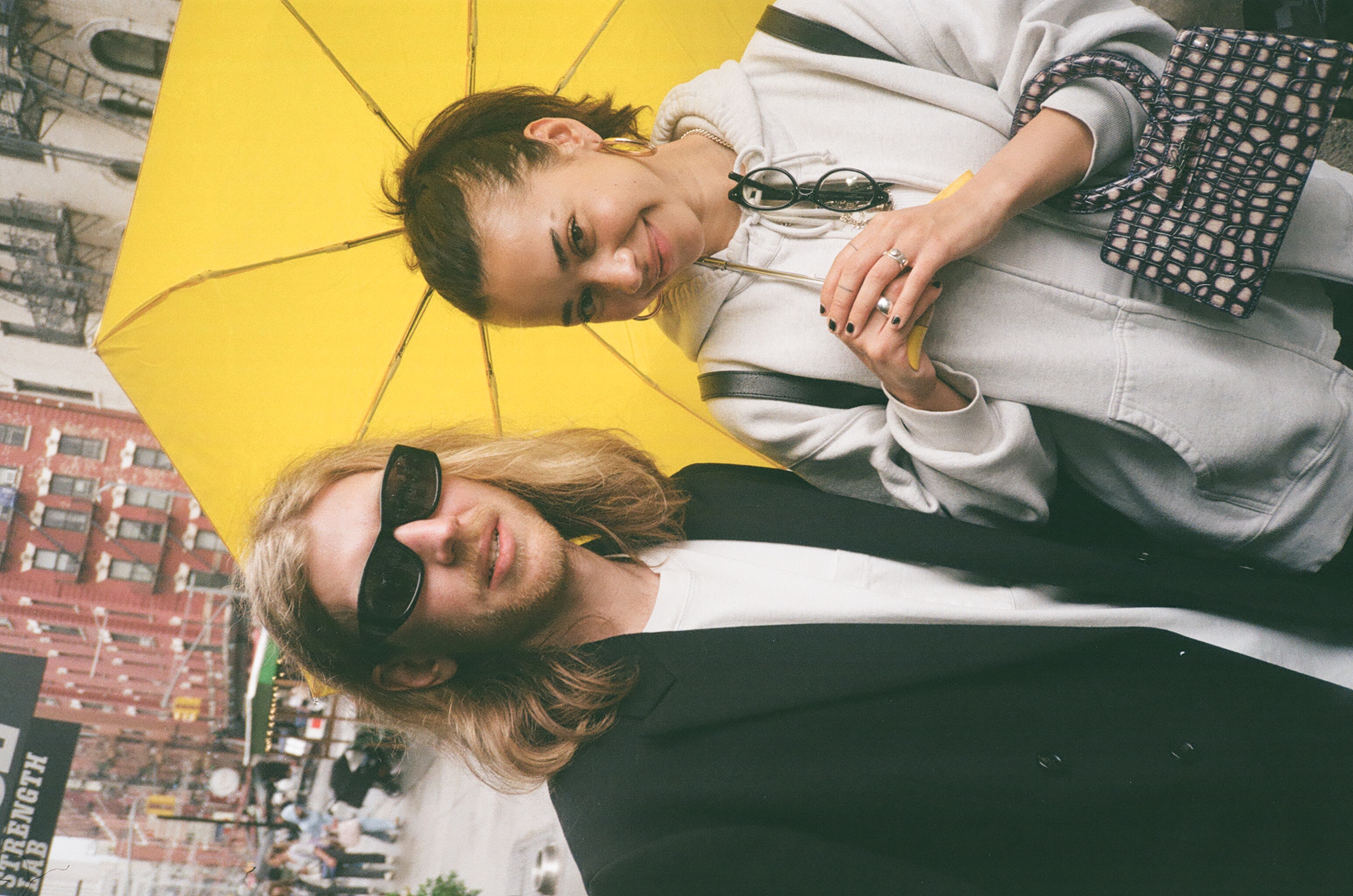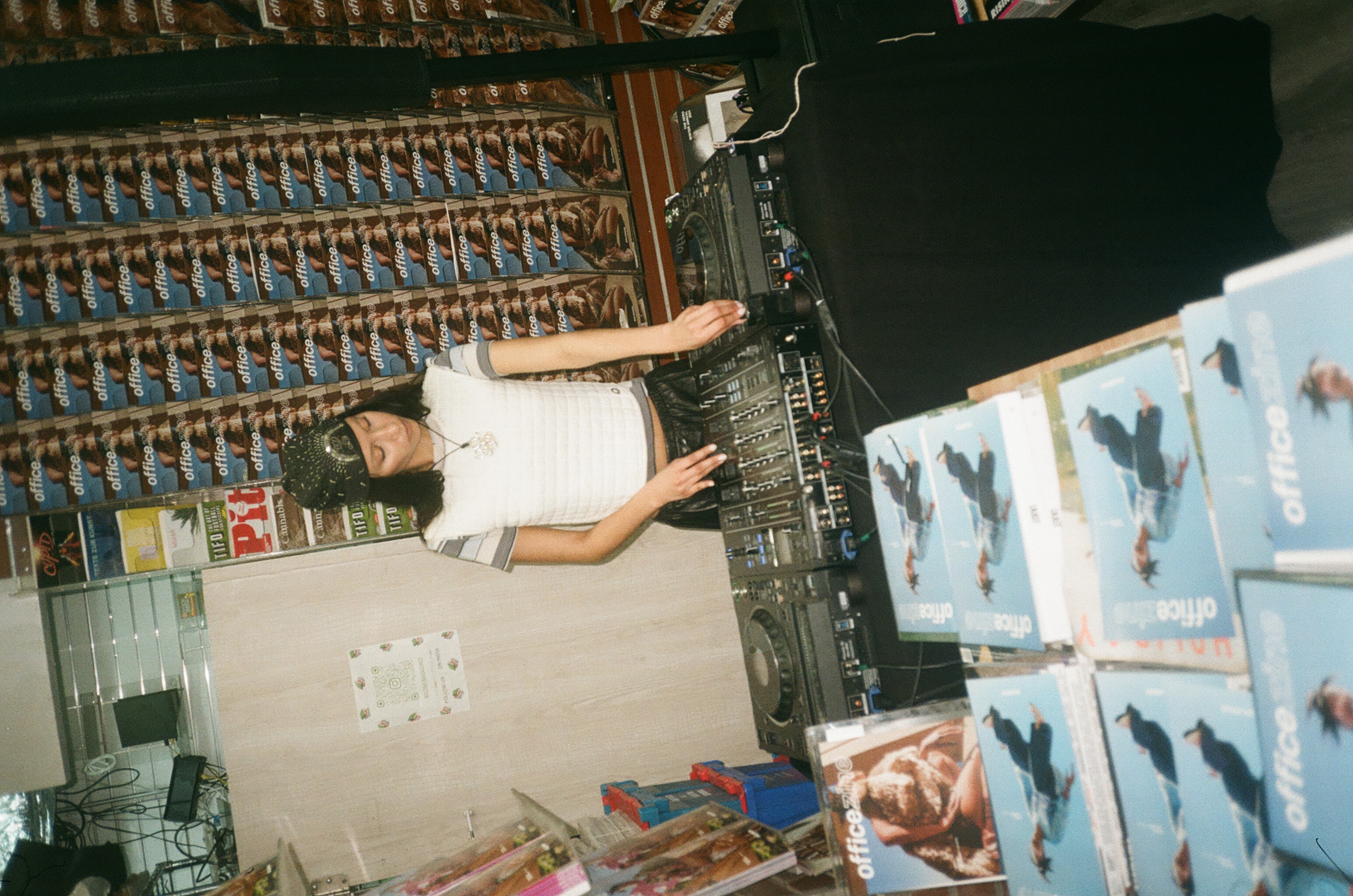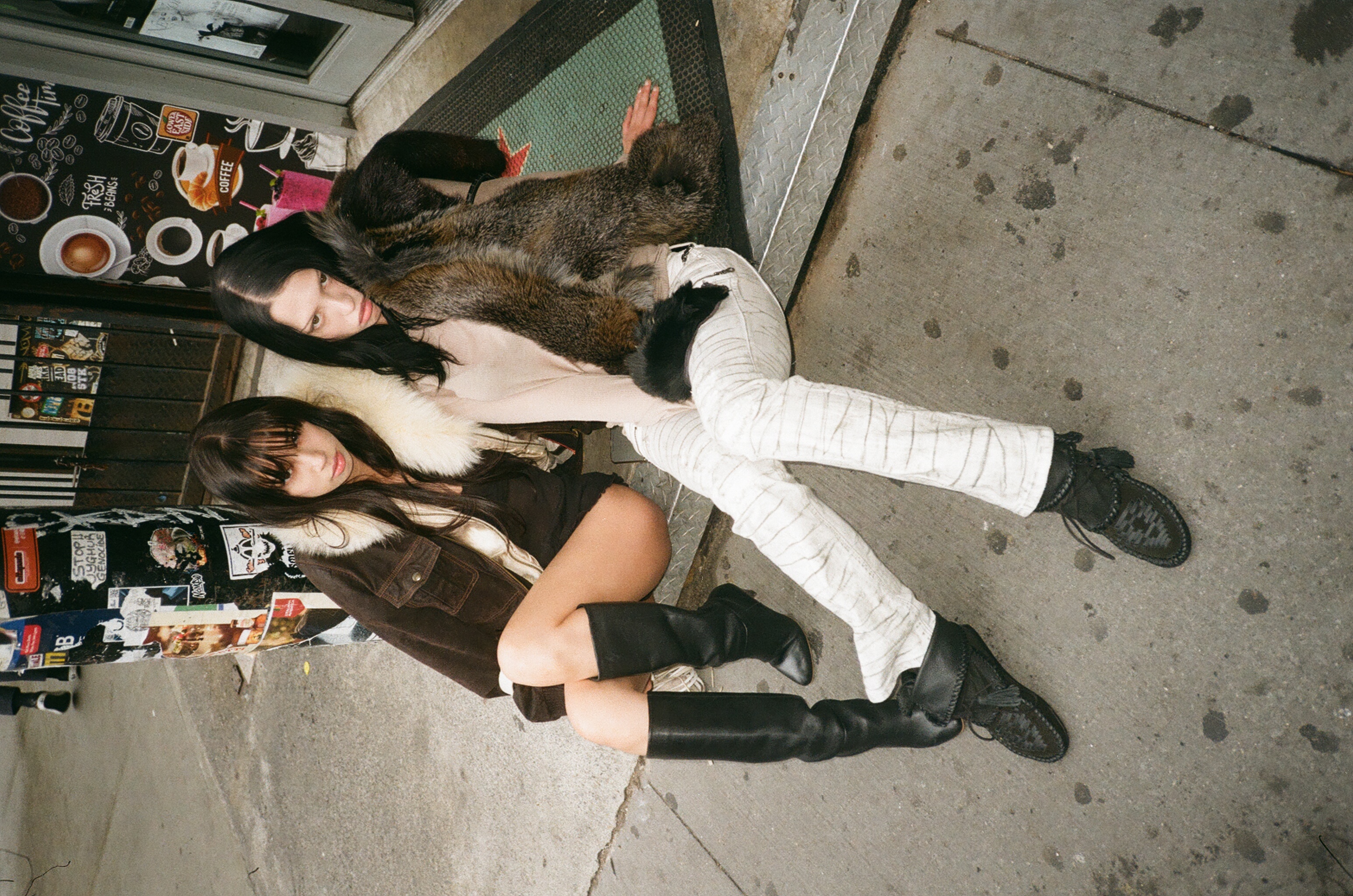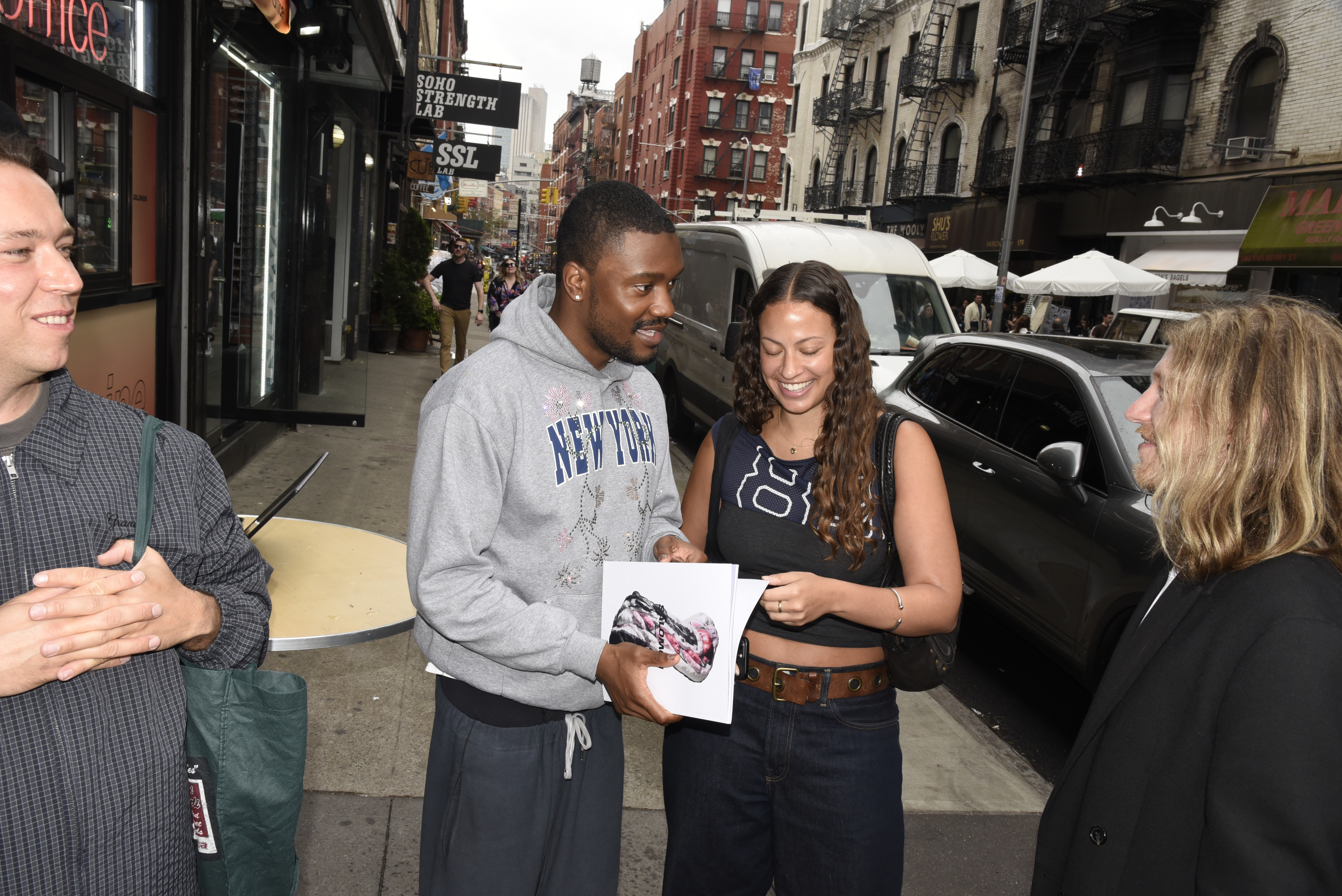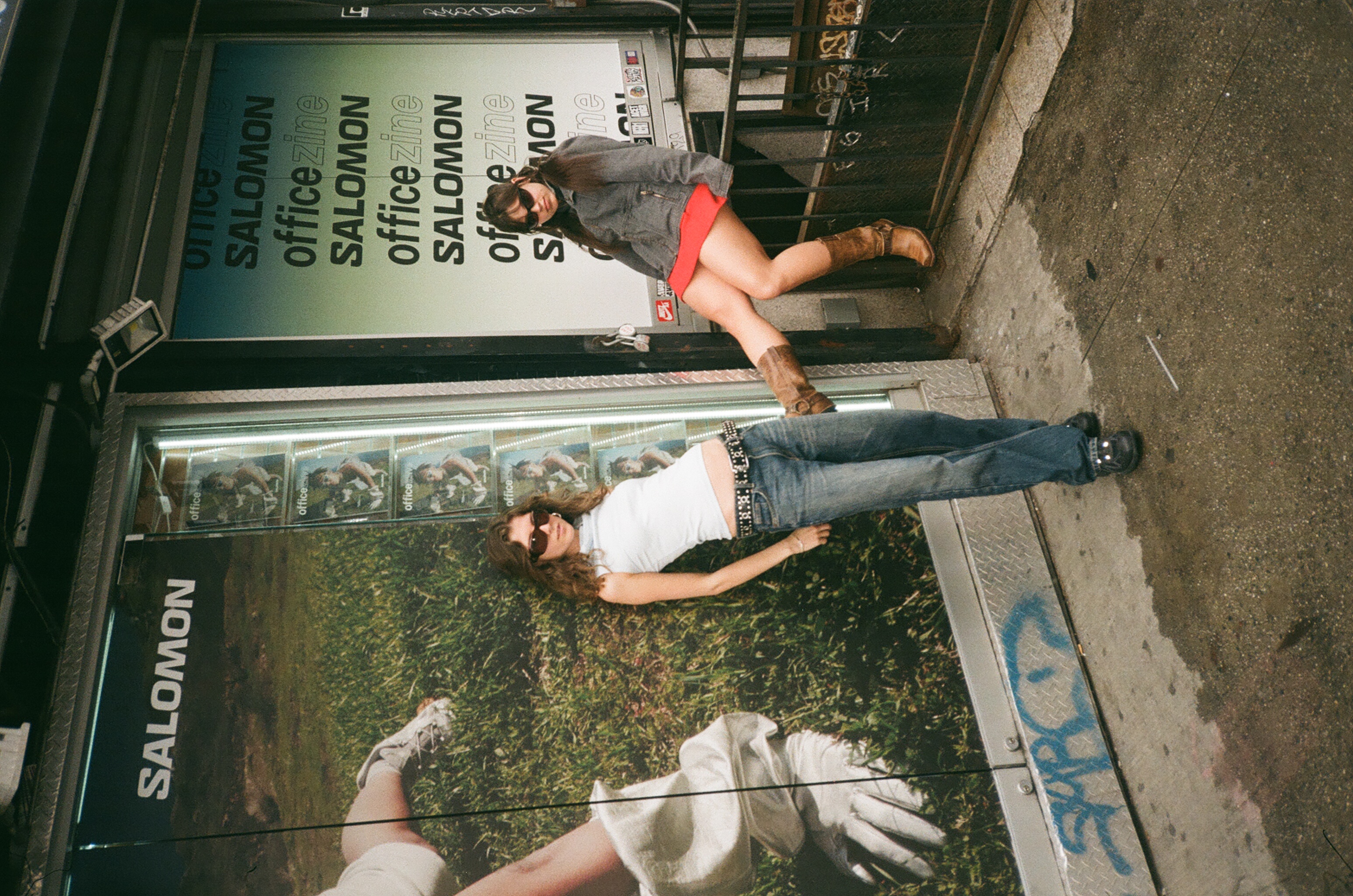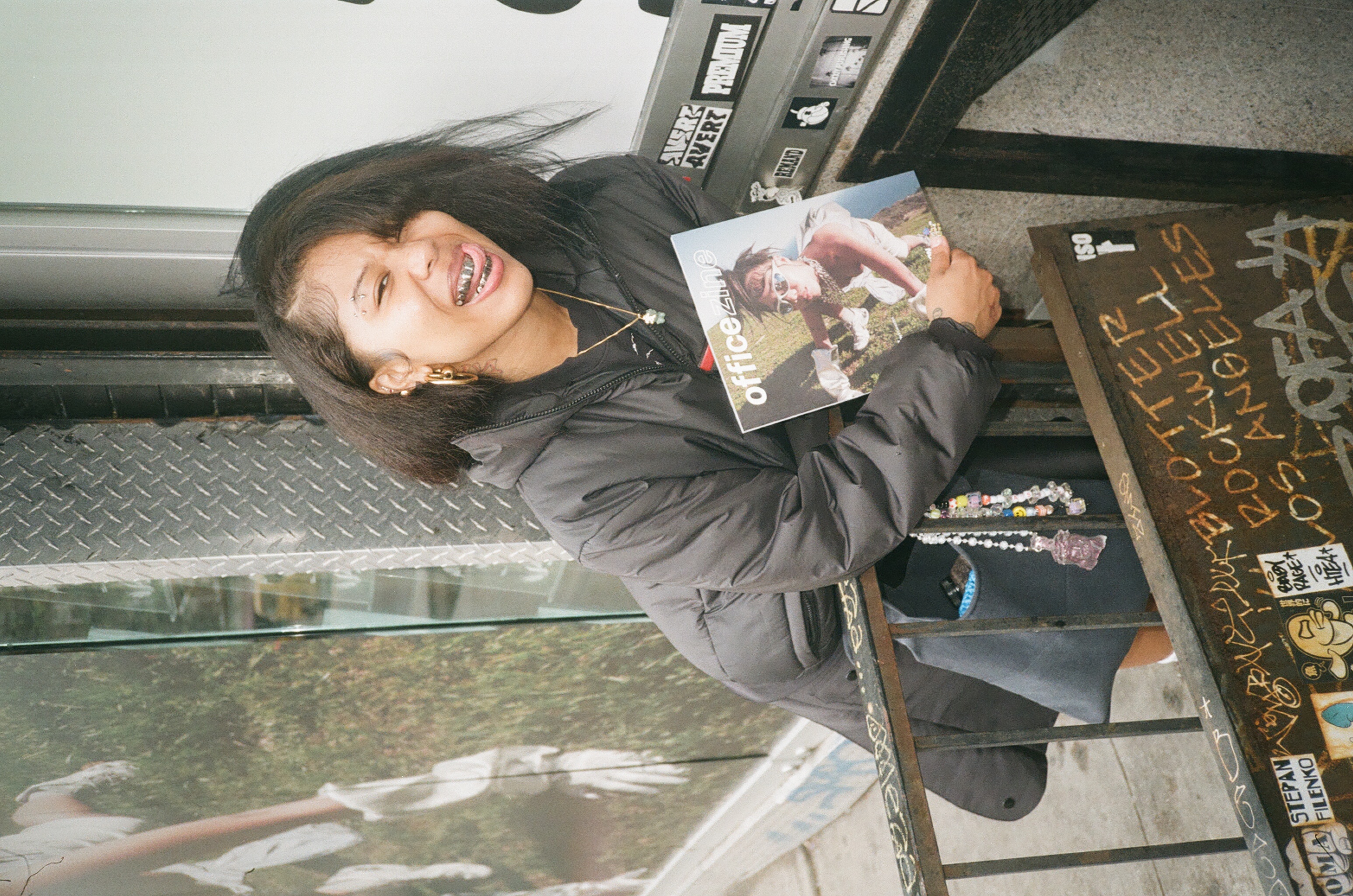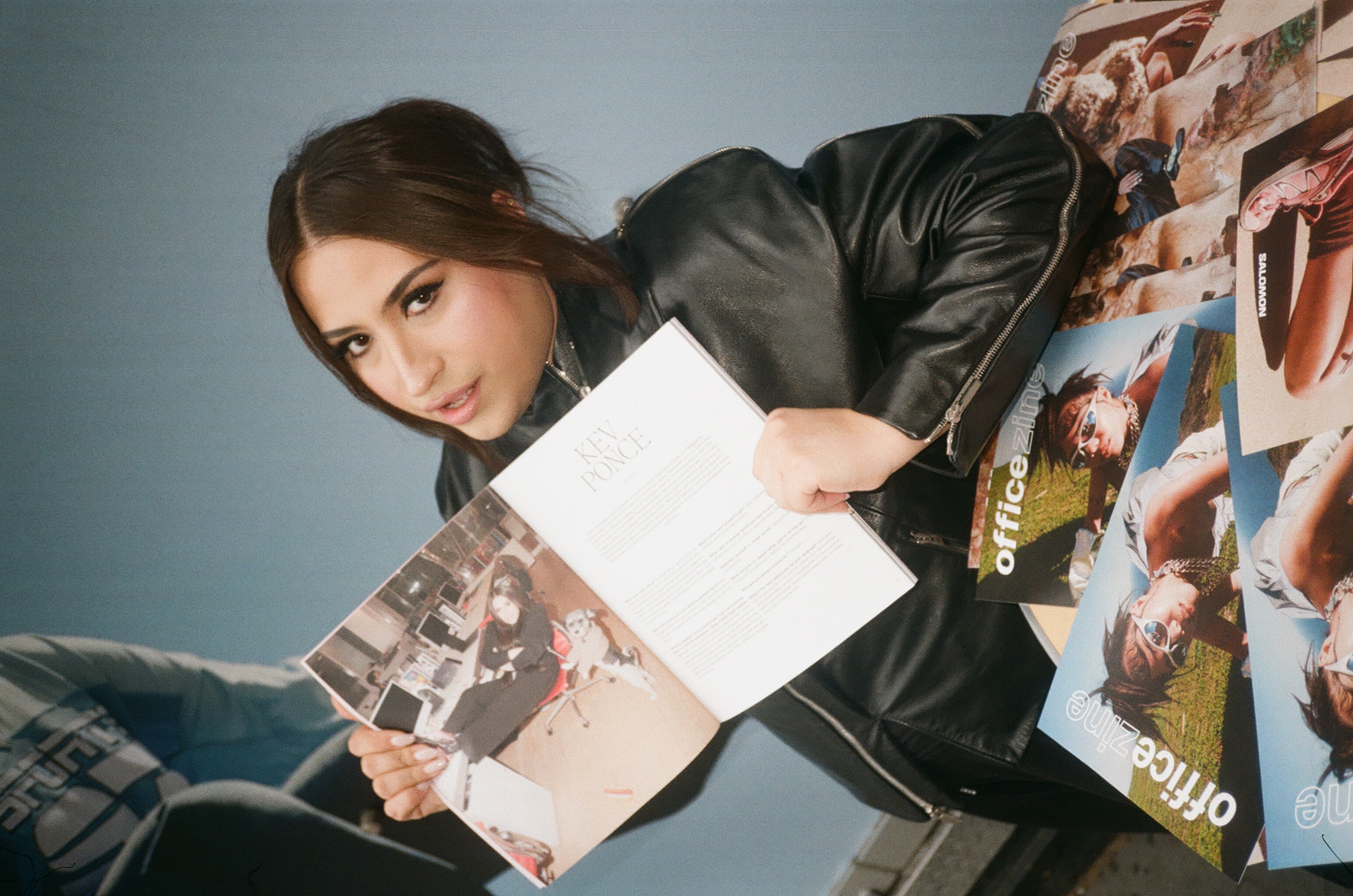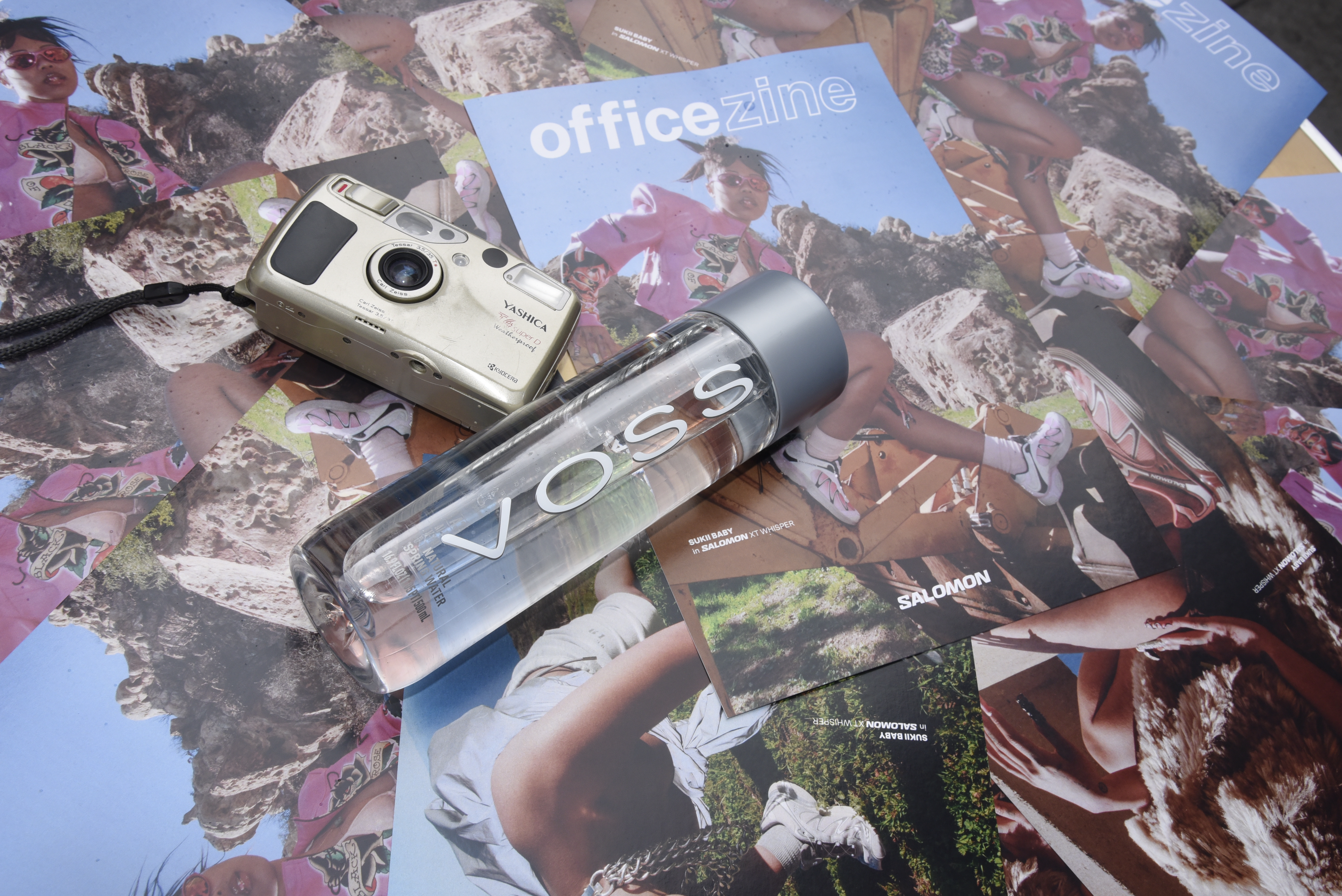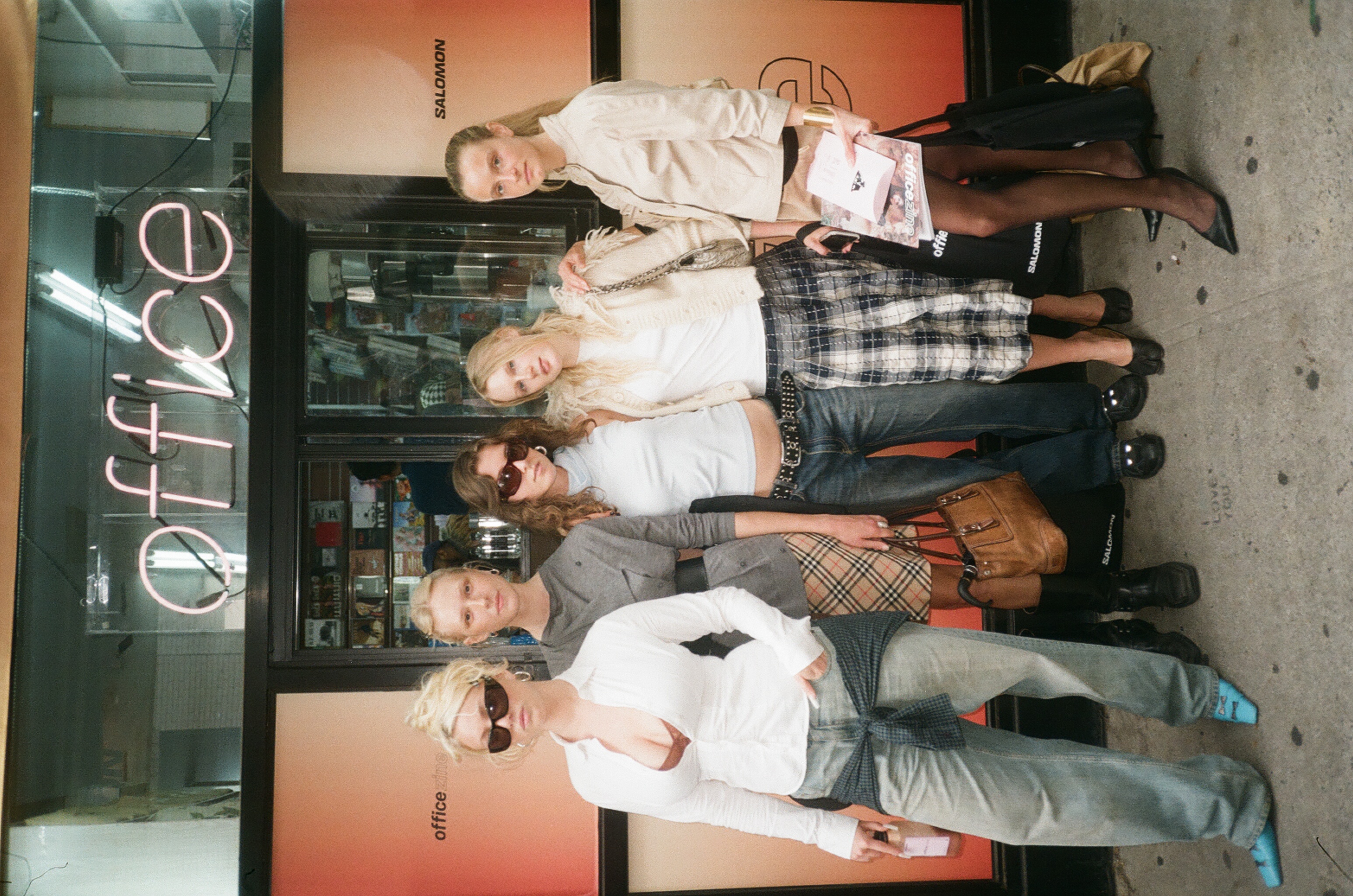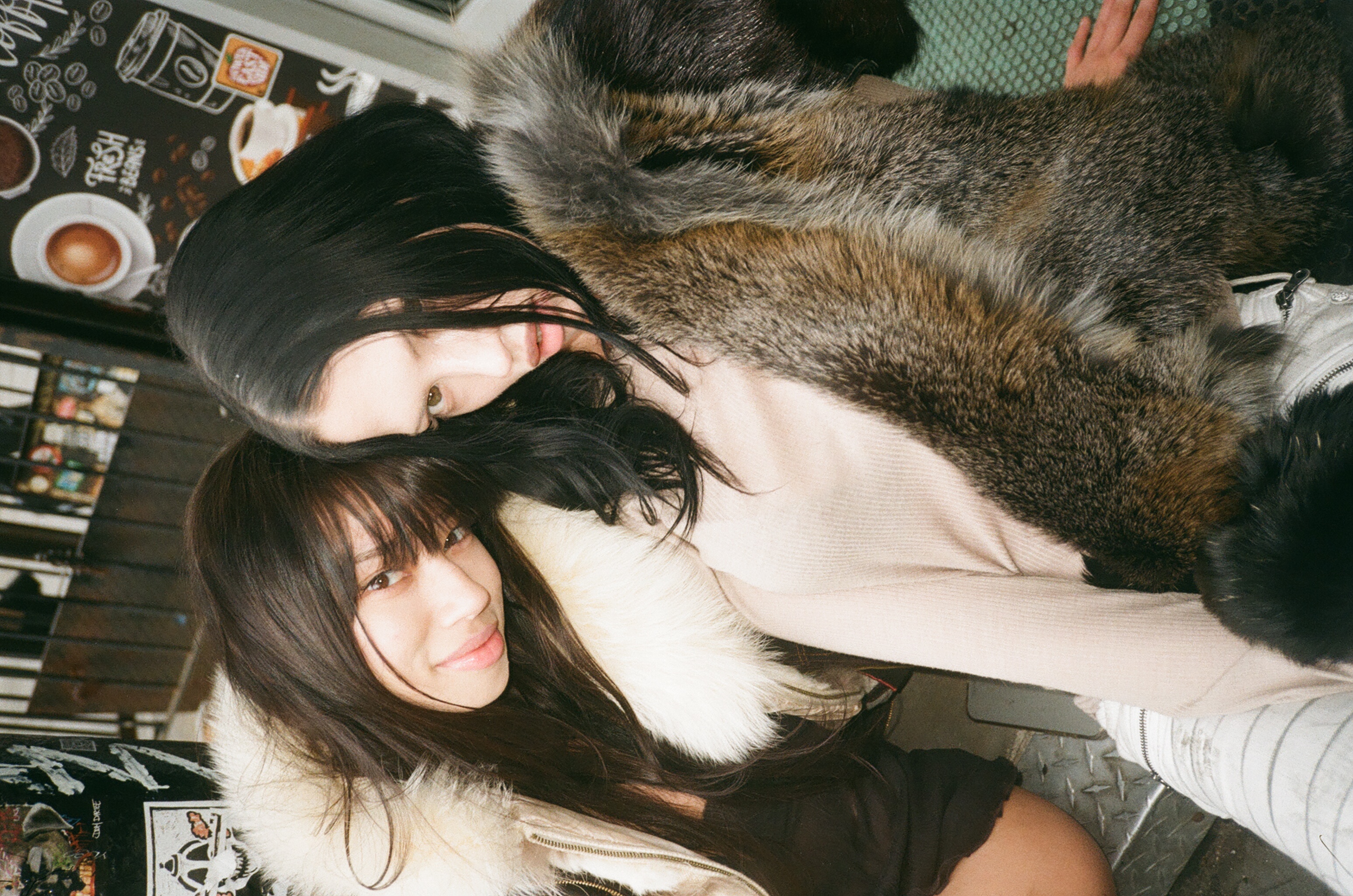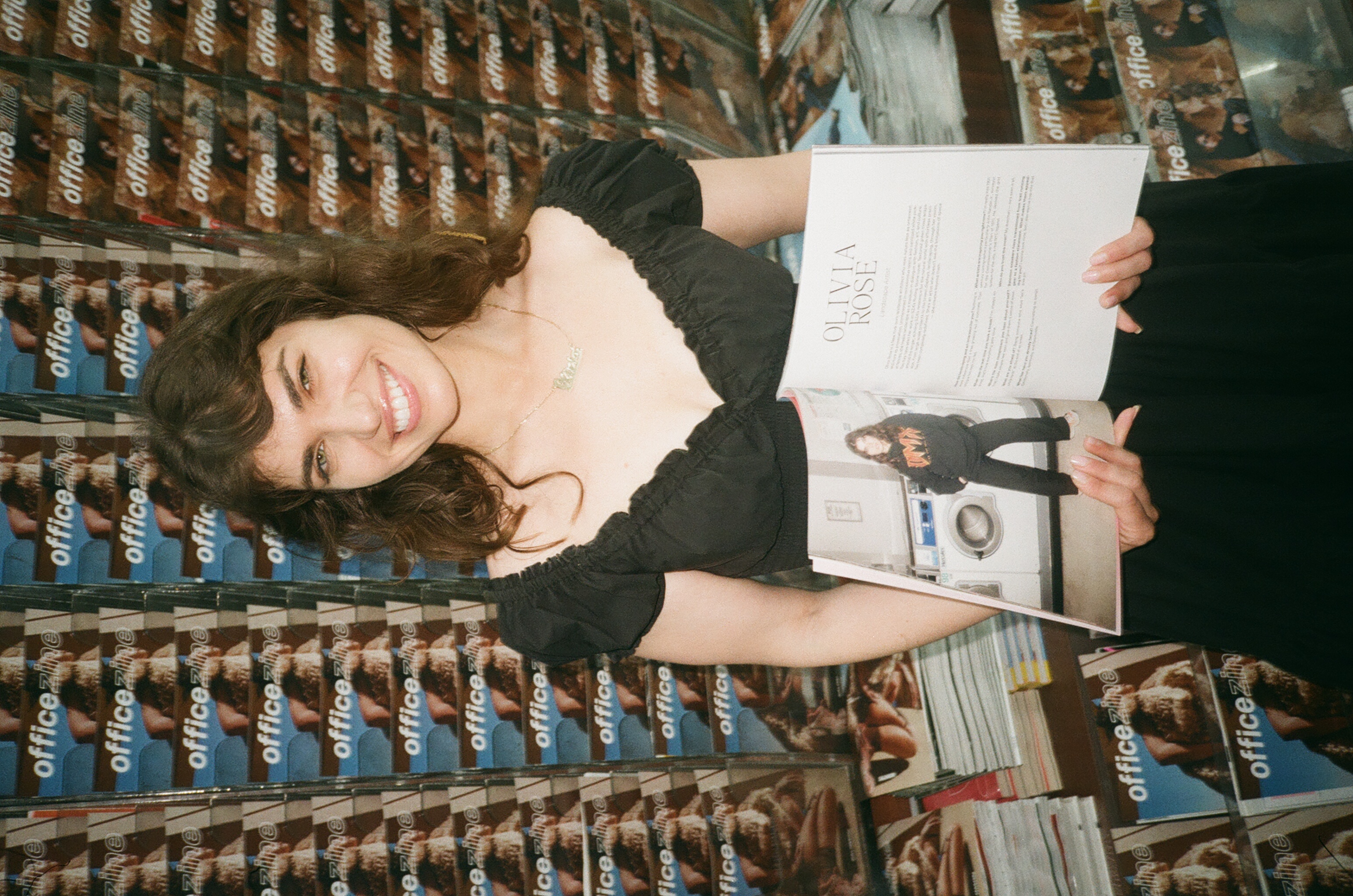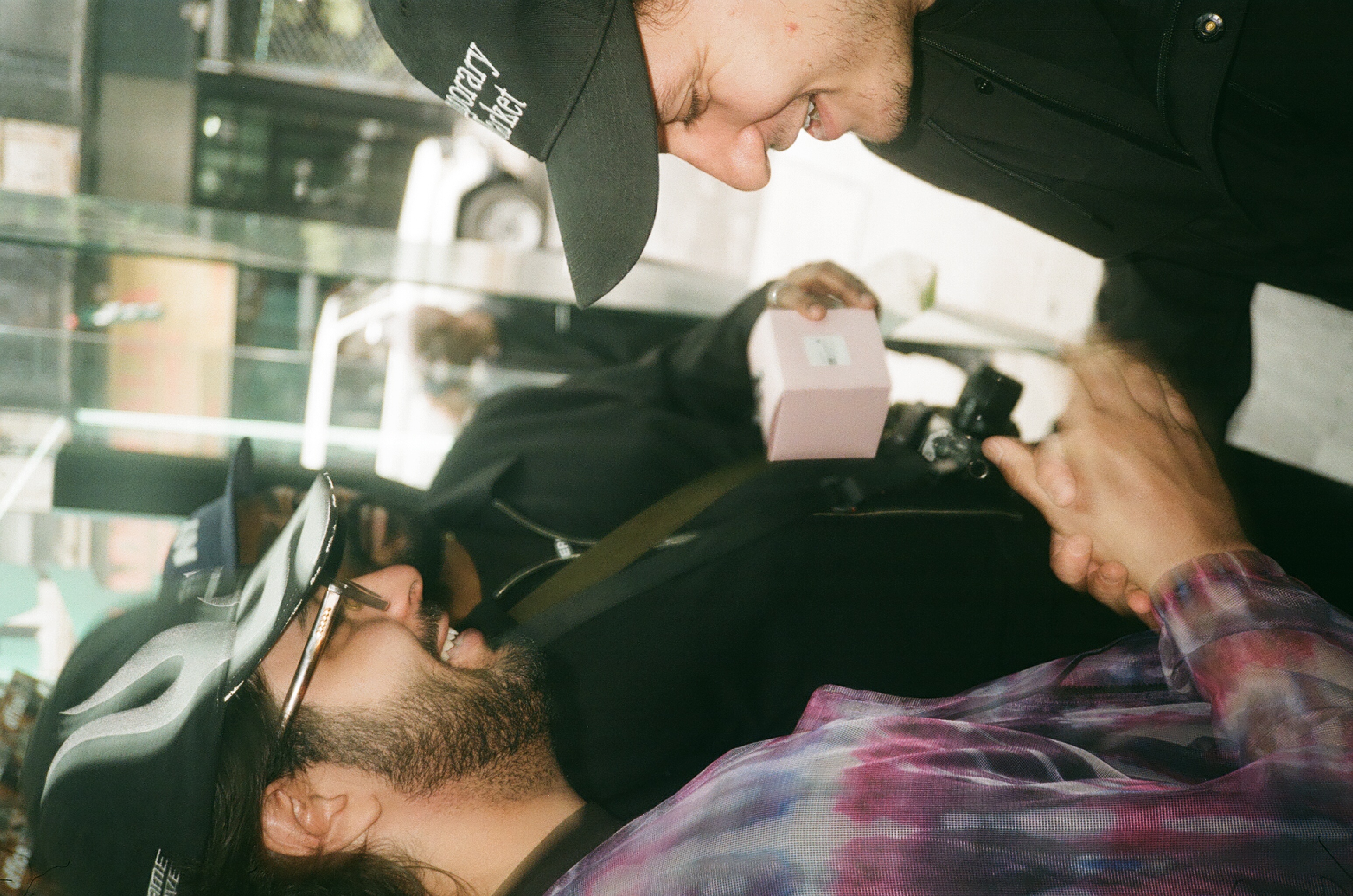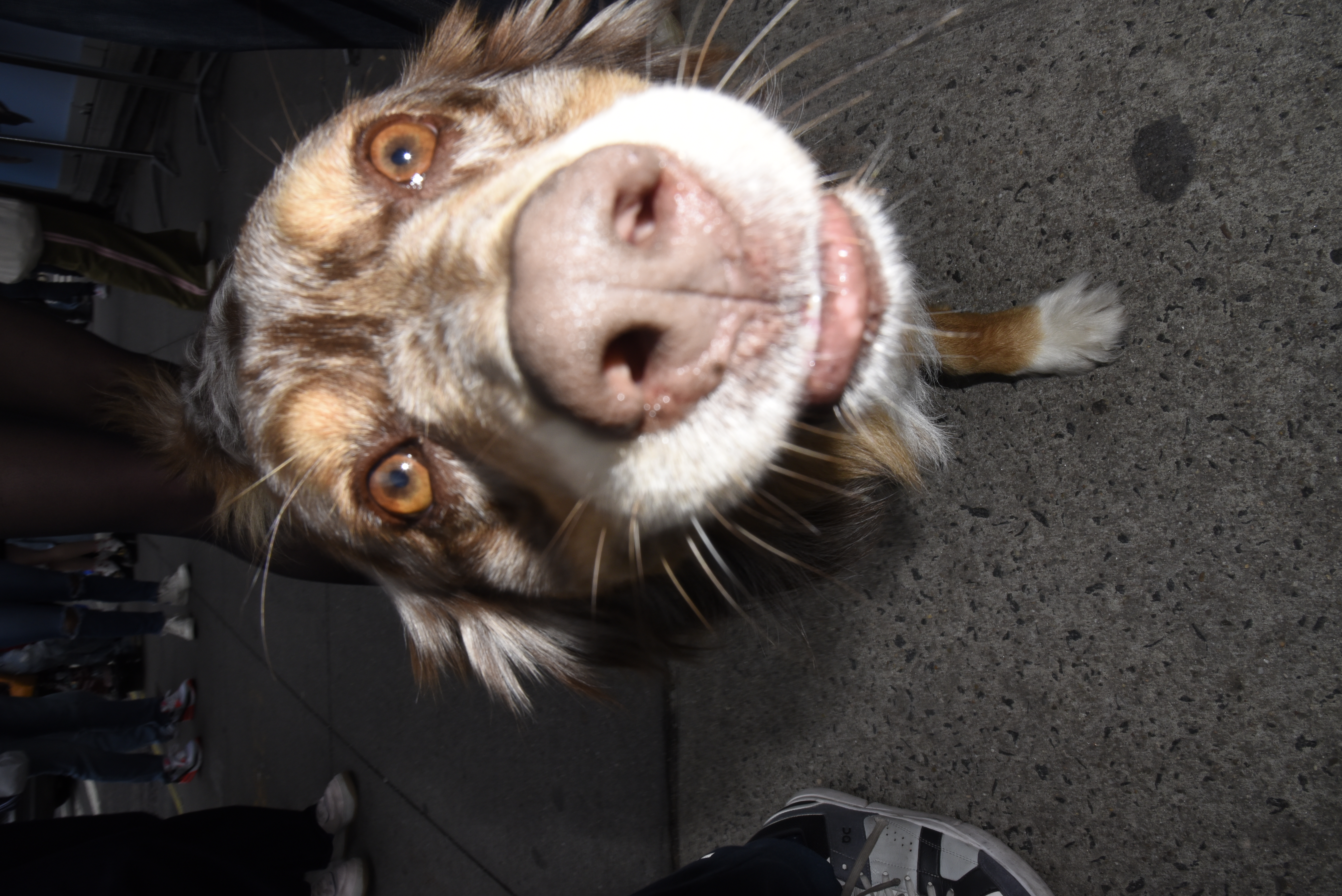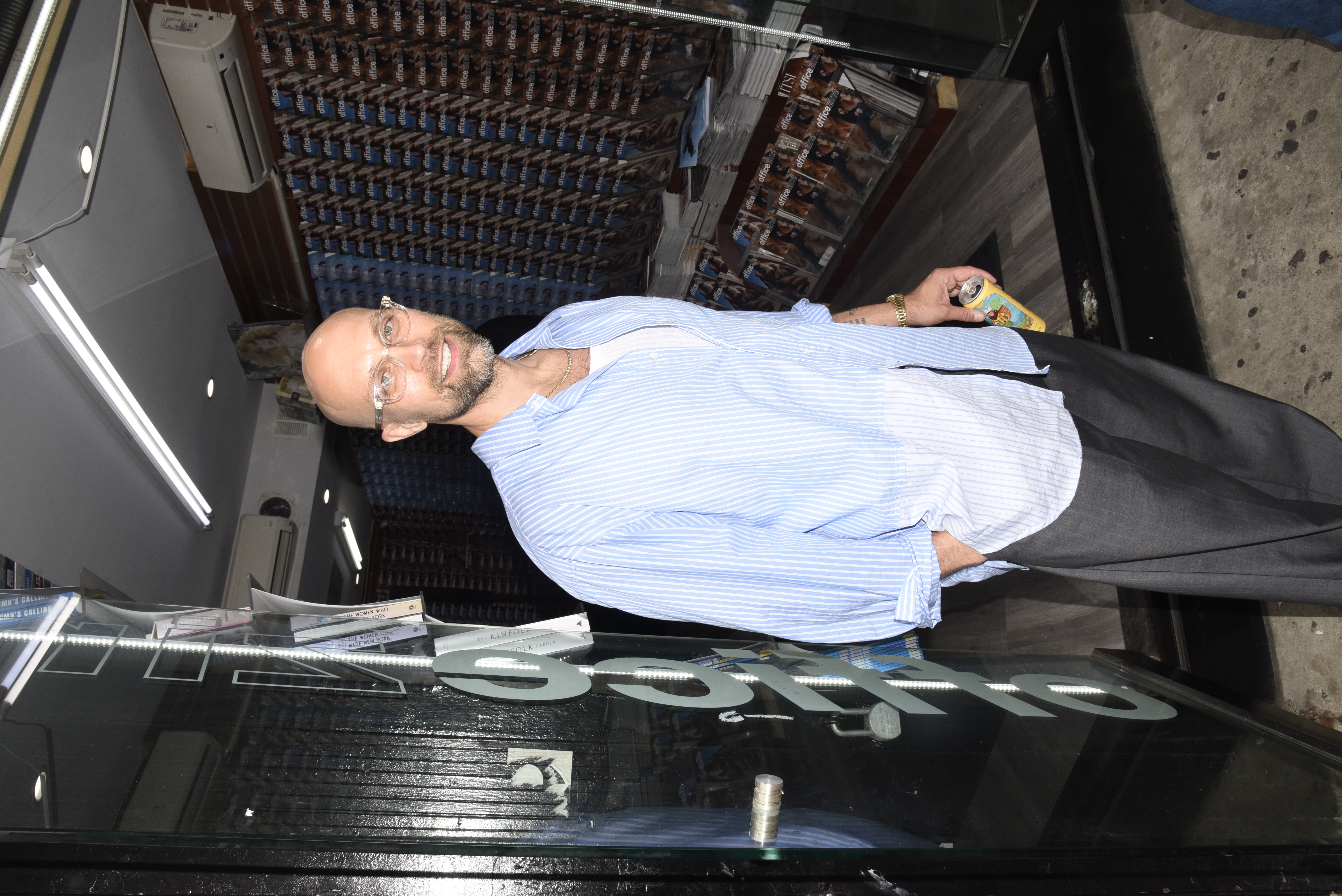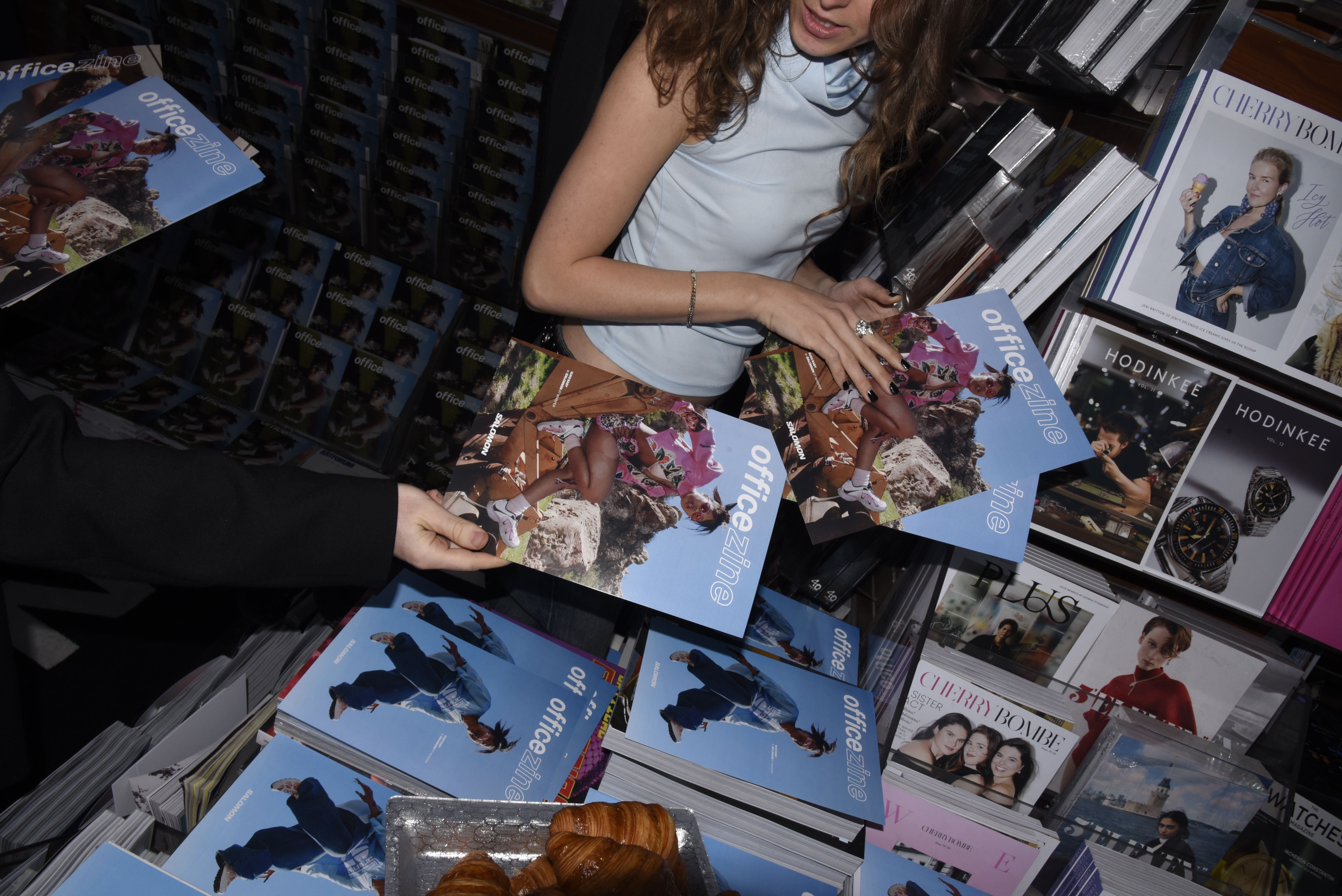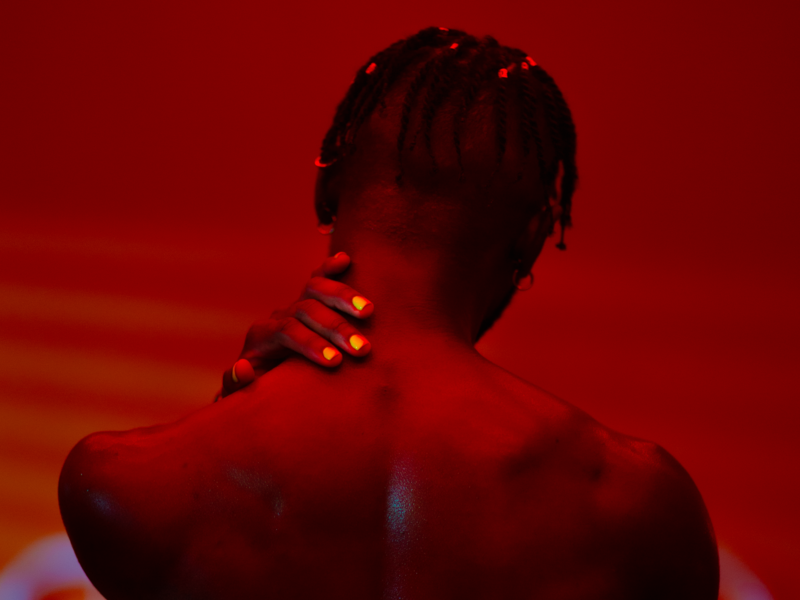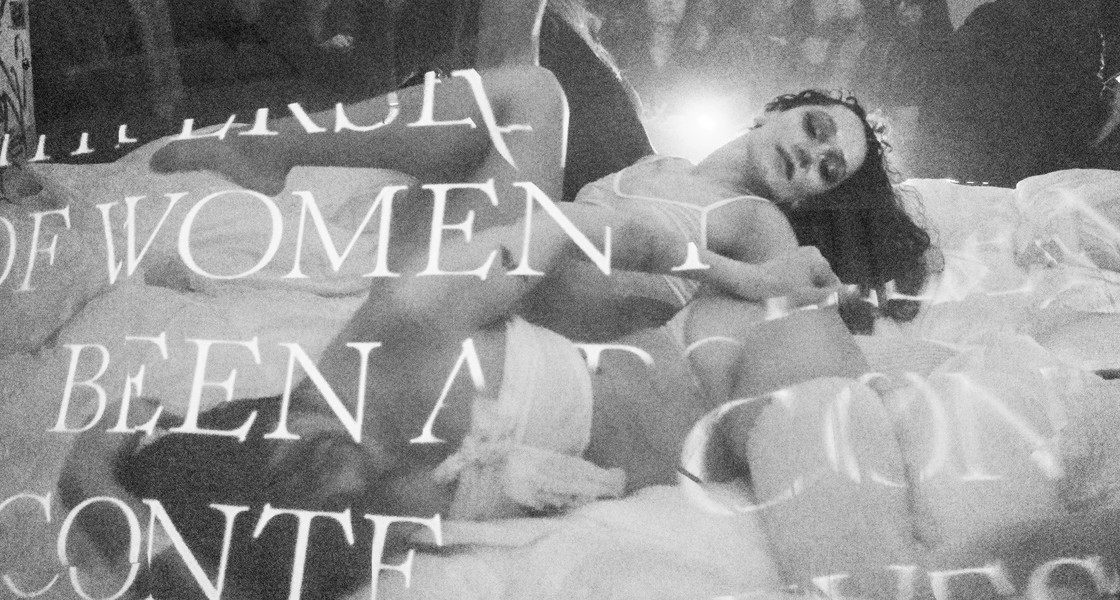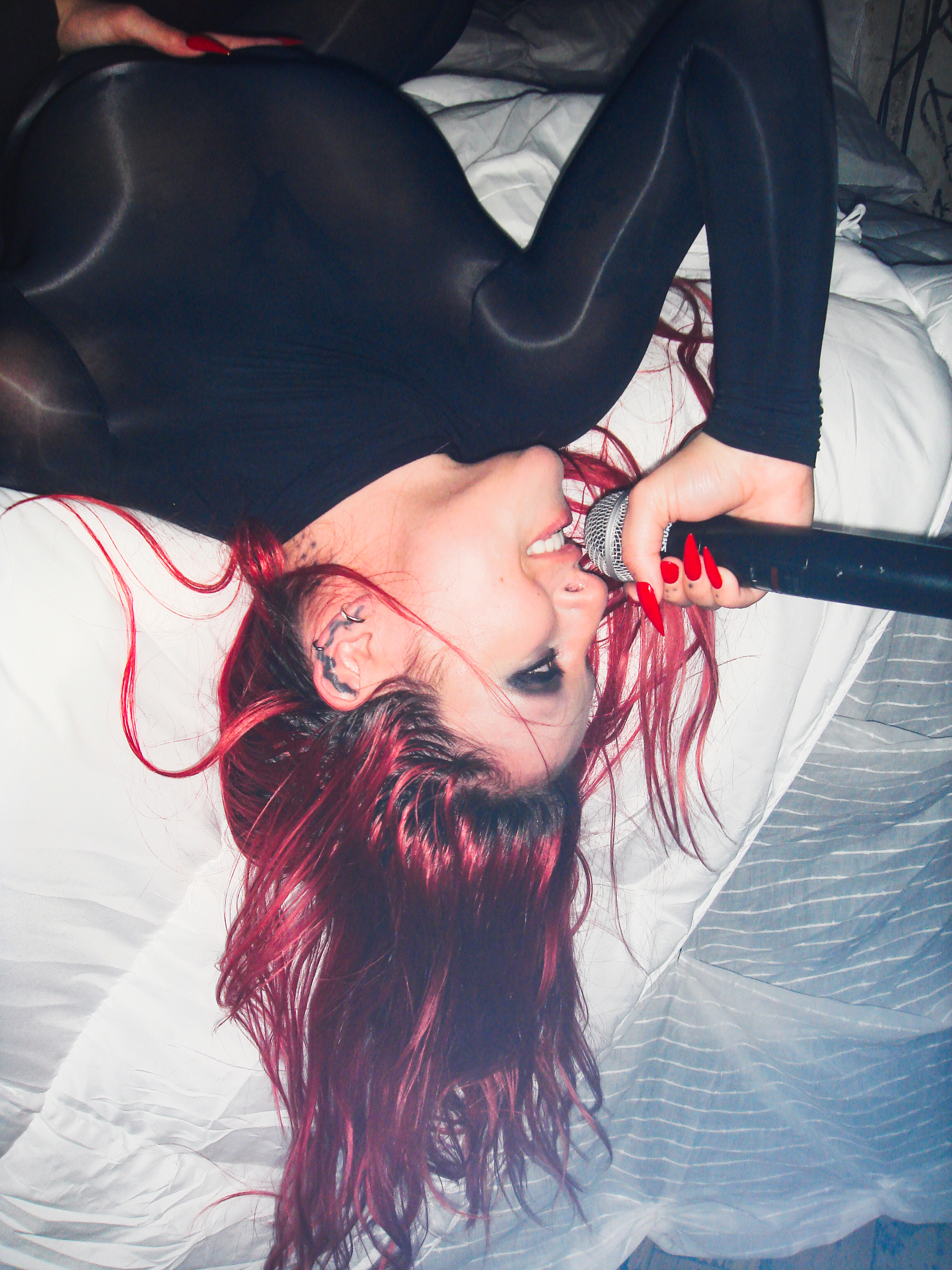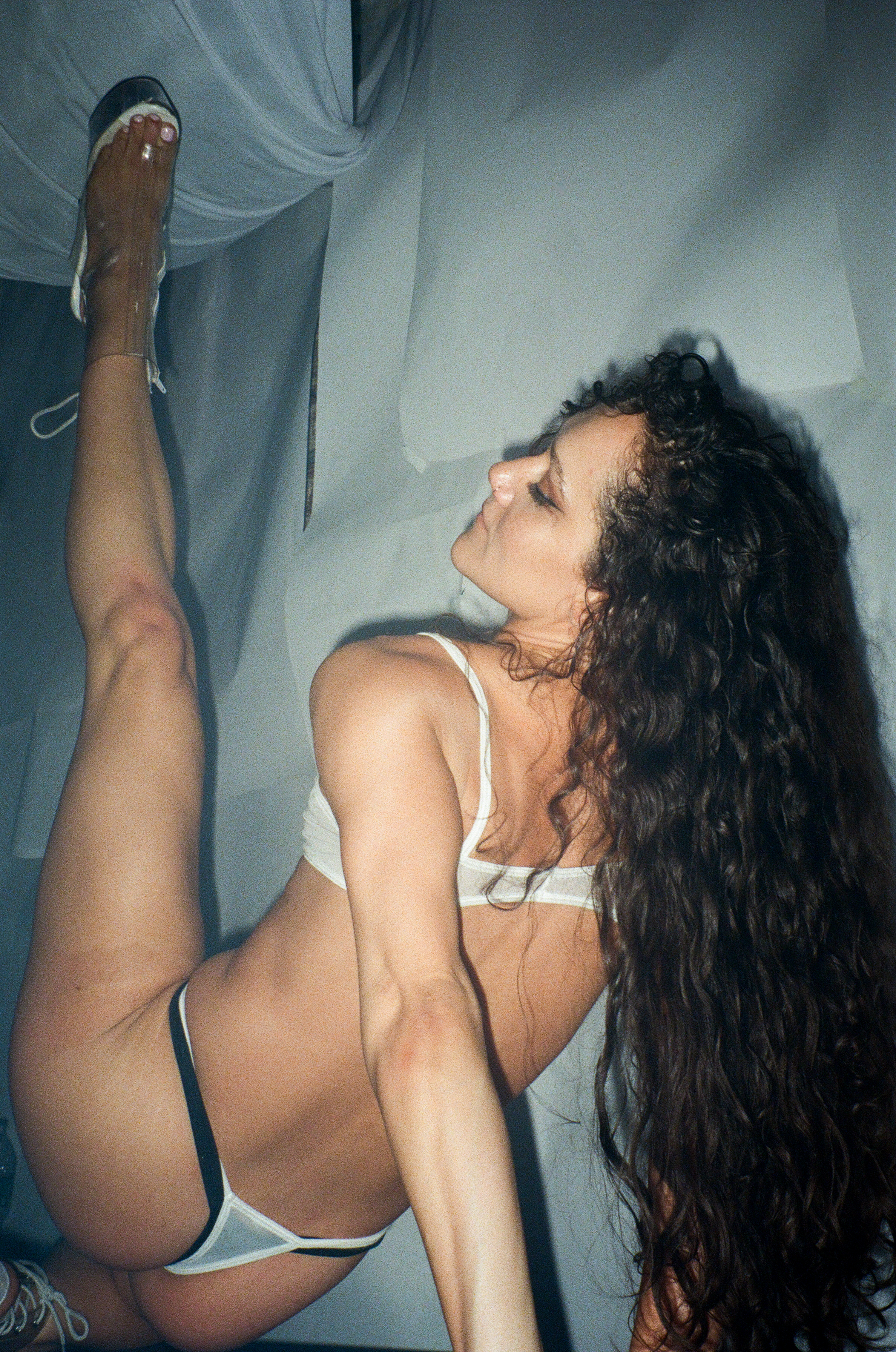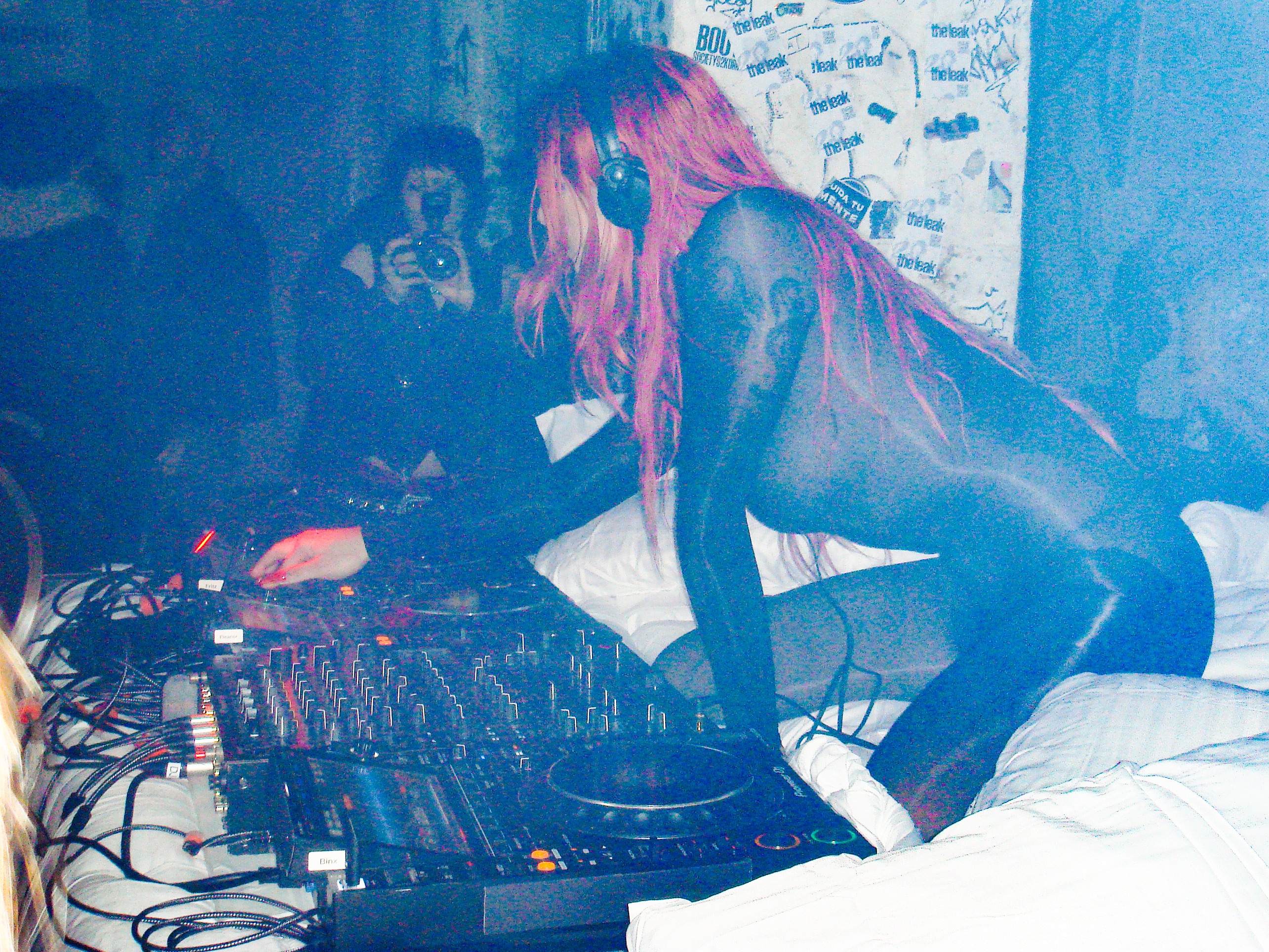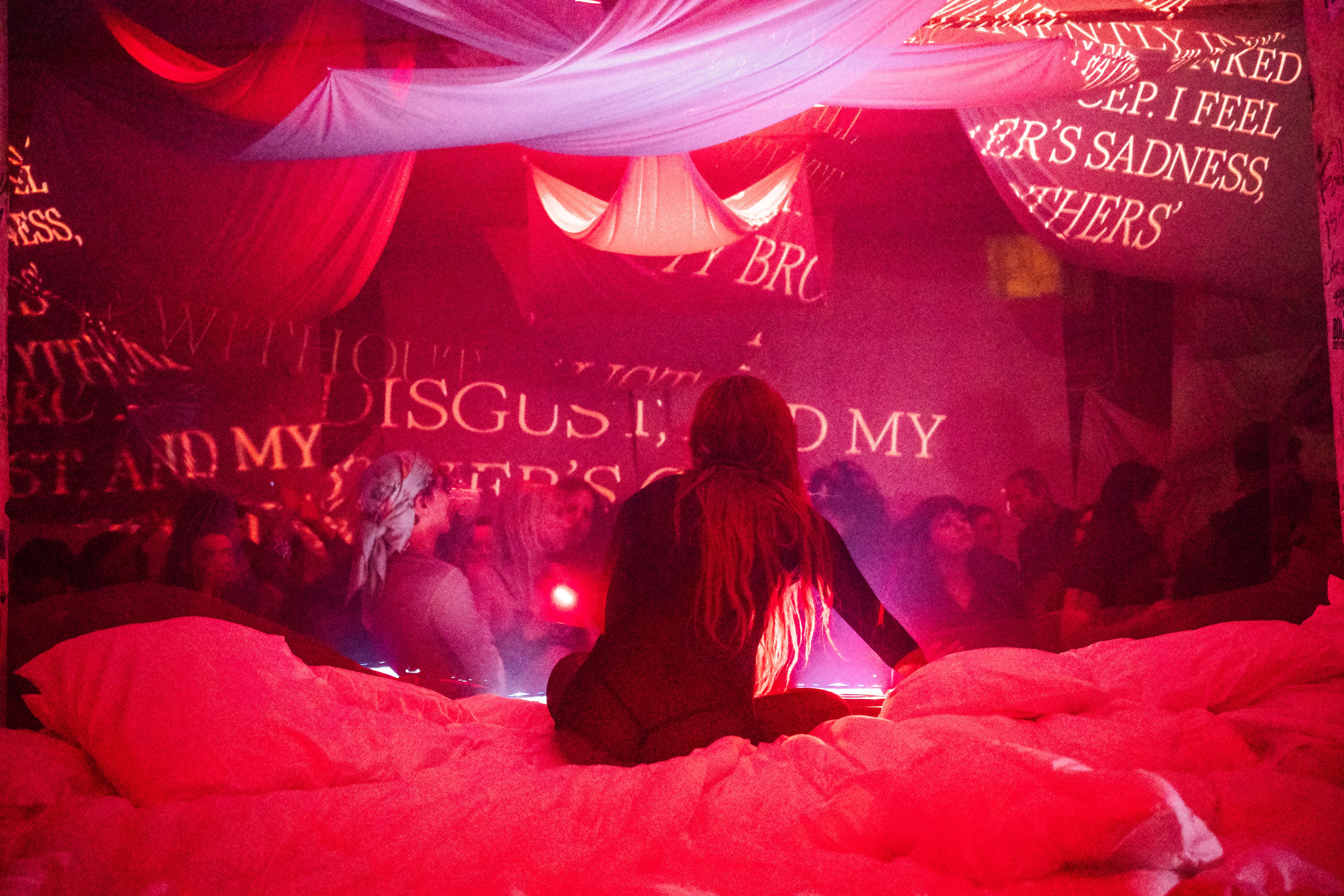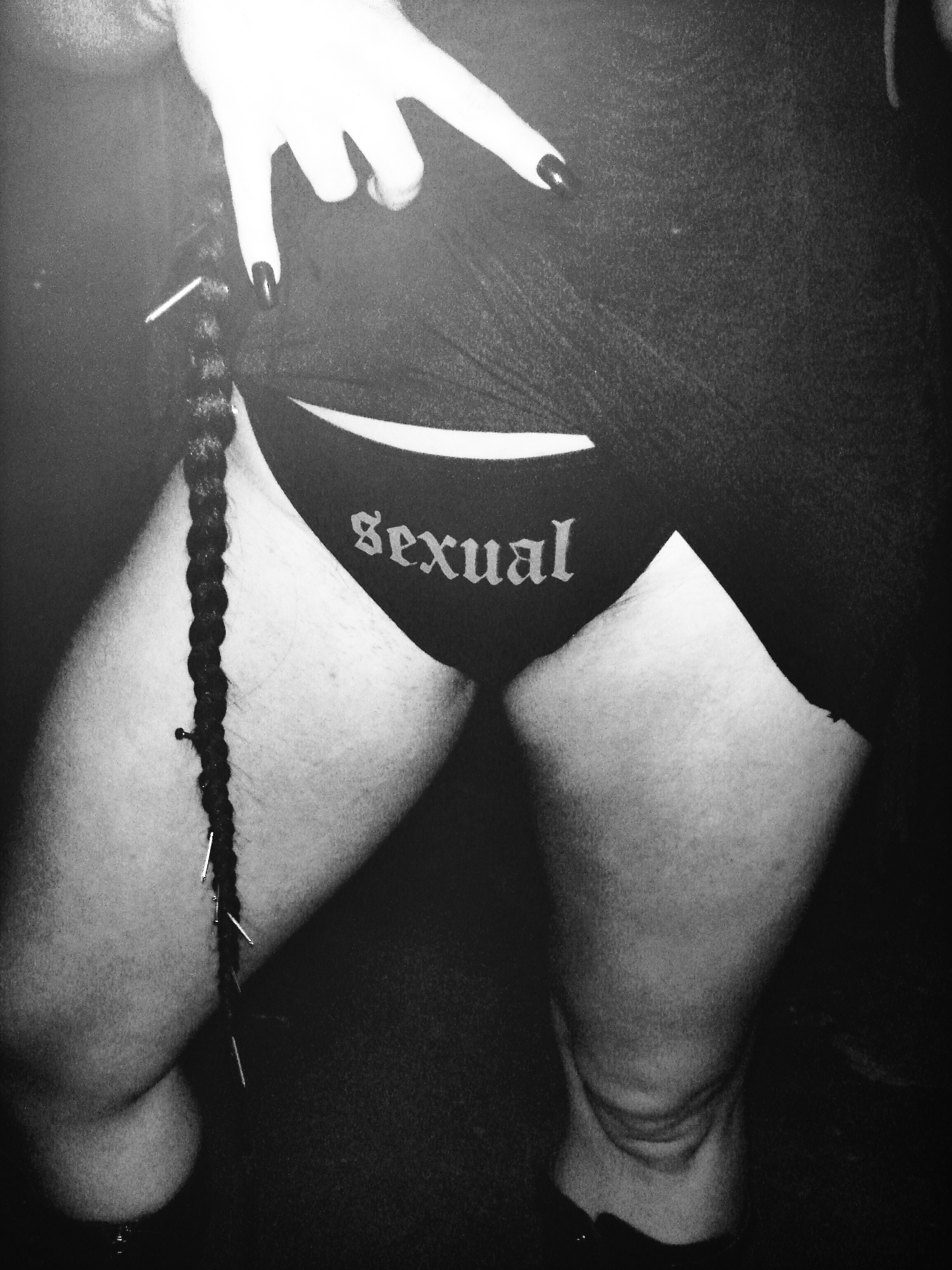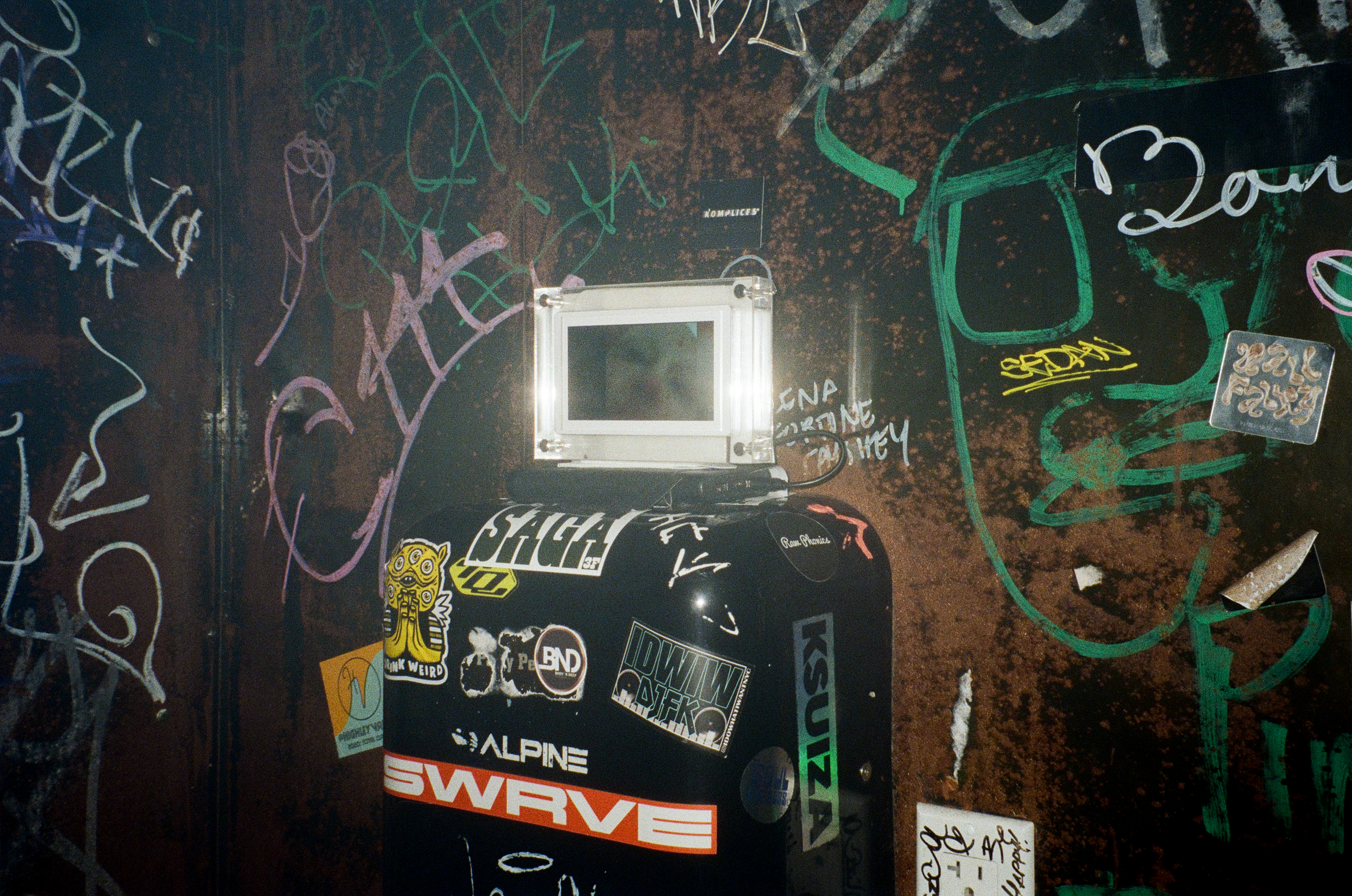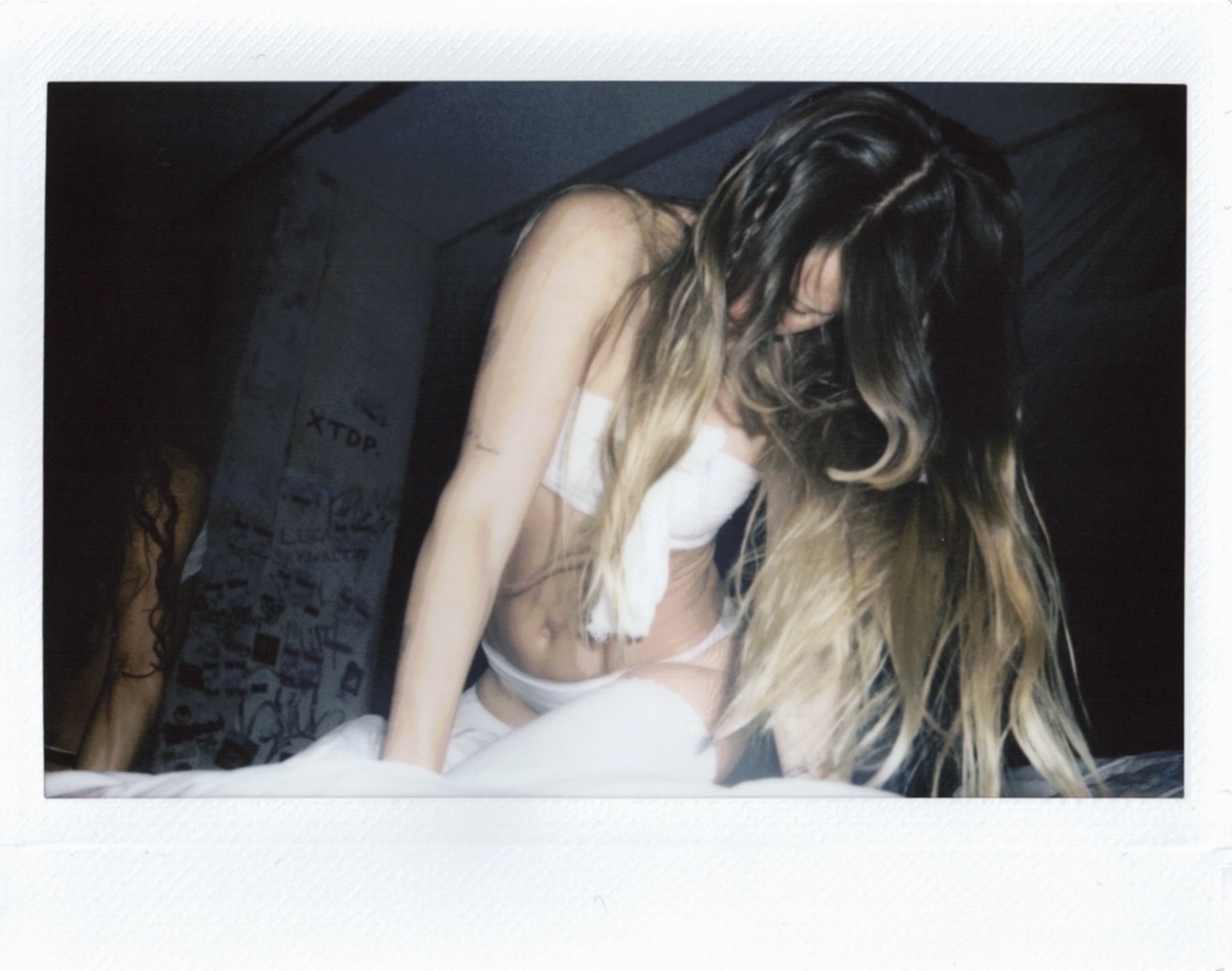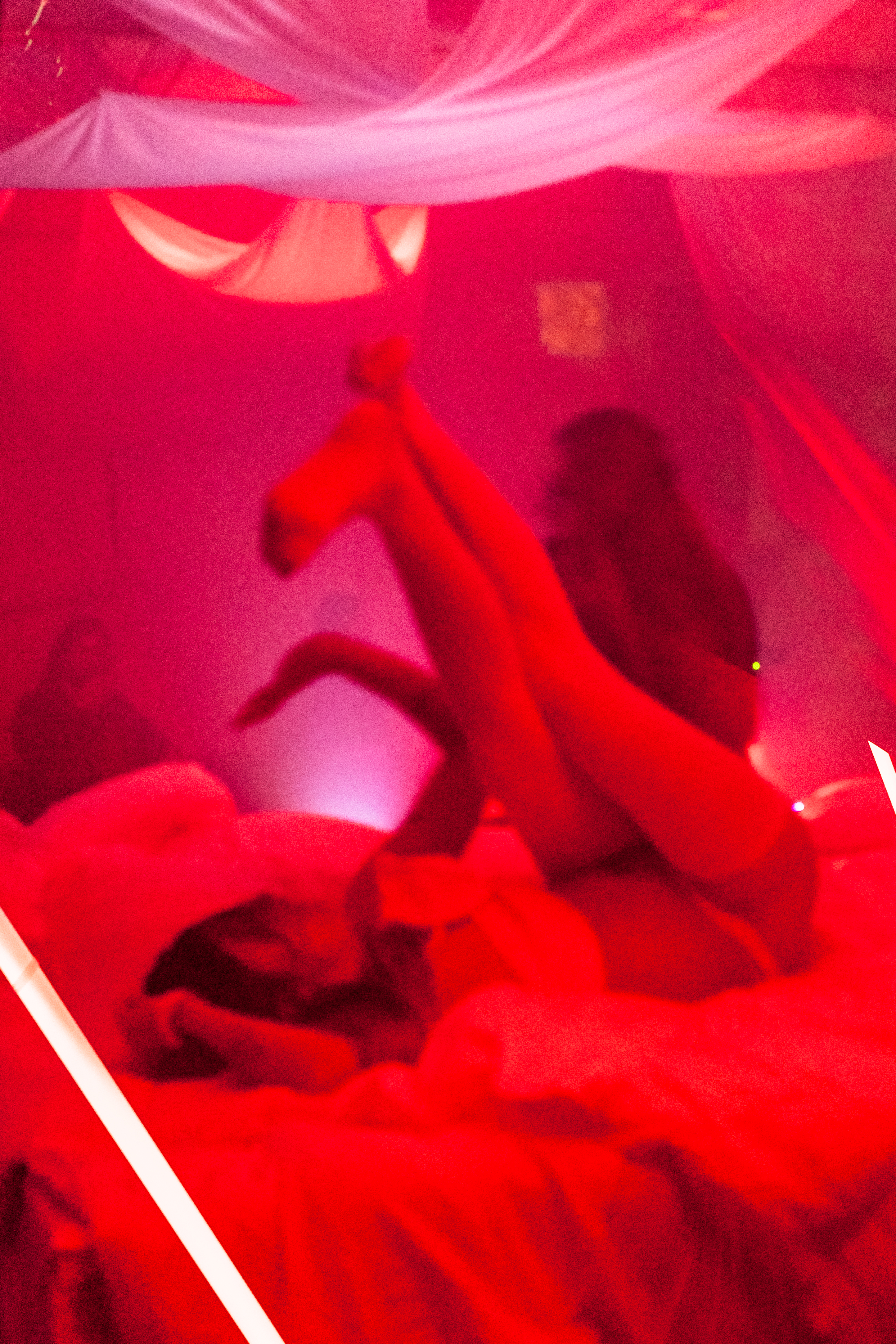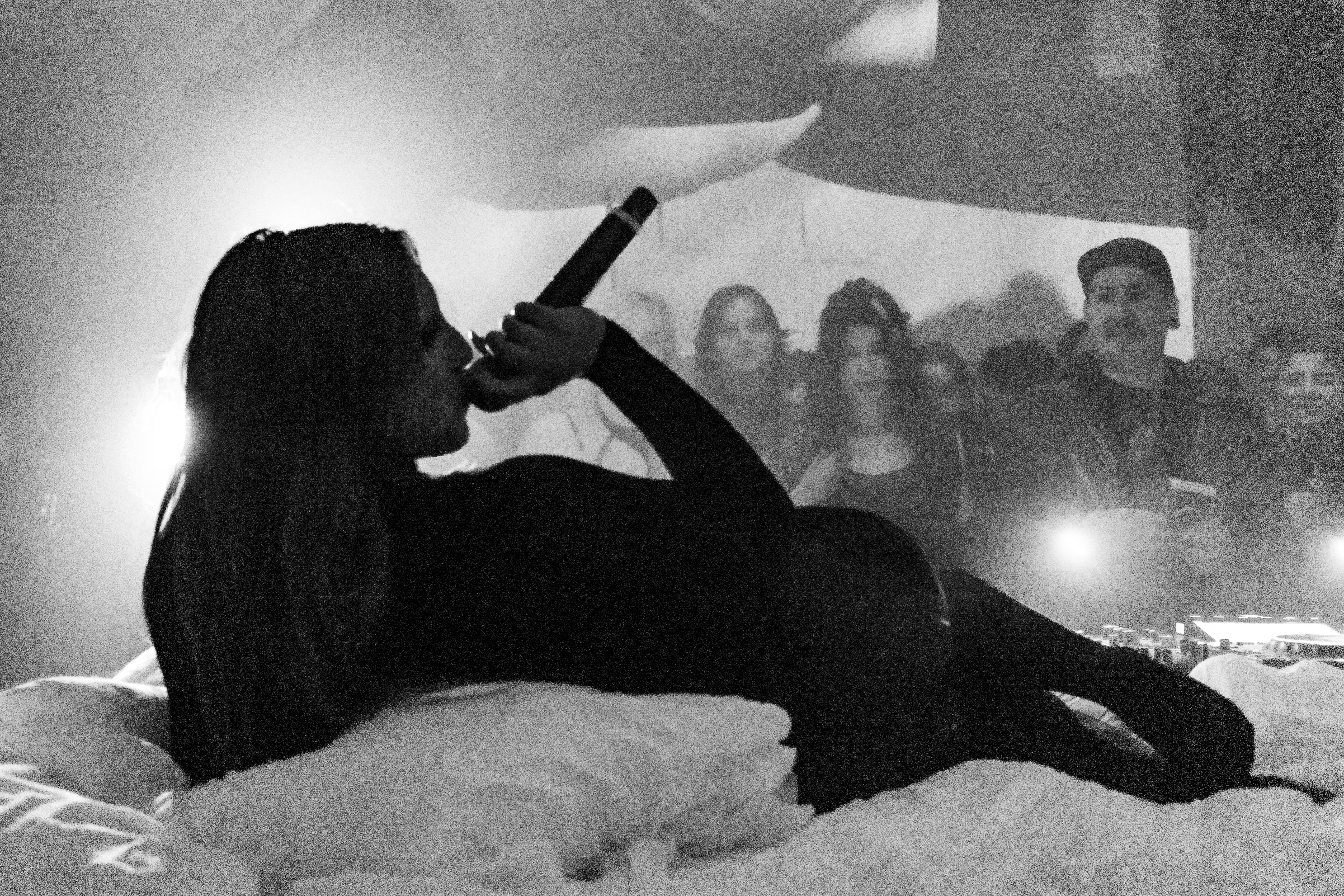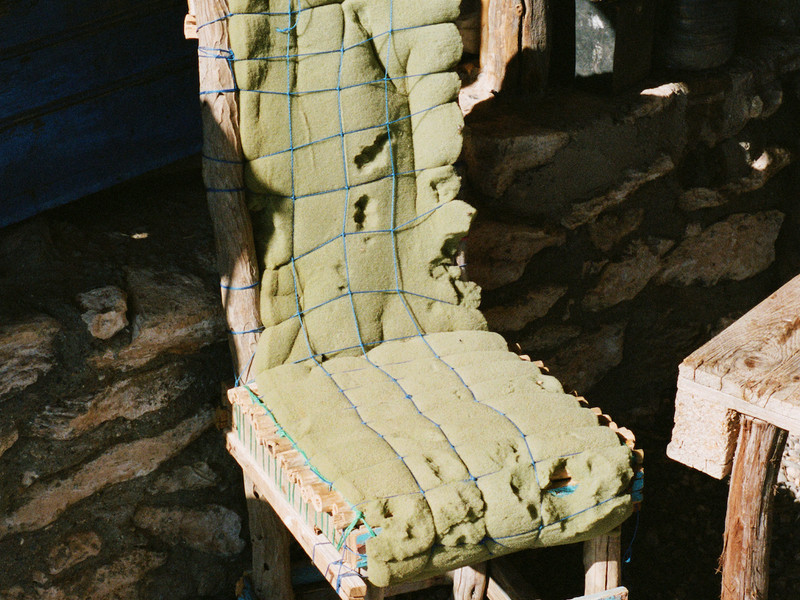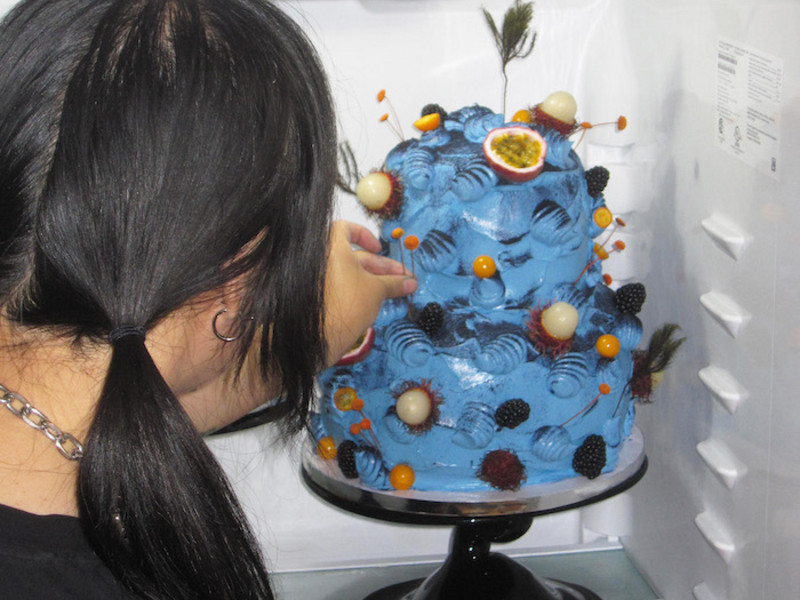Everything is a composition: The Architecture of Owenscorp

LUCY BROOME– Michèle, how do you approach designing a space versus a piece of clothing? Do you have a different attitude or process, or is it the same?
MICHÈLE LAMY– It’s been a long time since I’ve designed a piece of clothing without moving around a piece that Rick is making. But the thing is entirely different. If we talk about the furniture and all the things that were made for the house here that you see behind us—
Rick holds up the laptop and spins it around to show me the high-ceiling room they are sitting in on Zoom to me. The two are sat at a long marble table, and at one end of the monastery-like expanse is a grey sofa, reminiscent of their iconic modular Glade furniture unit. Glade means "a clearing in the forest,” referring to the sofa's architectural overhang, creating a sheltering enclave. In its earlier iterations, it was often covered in surplus French military wool blankets, a favoured item of Rick’s and arguably a nod to one of his favourite artists, Joseph Beuys. It has seen many iterations over the years, but most recently, Michèle conceived the Tech Glade iteration for her Salon 94 show Backstage. Used initially as Michèle’s recording studio, she adapted the Glade in collaboration with Travis Scott to use on his European tour. Rick pauses on Pixie, their Sphynx cat, taking a long stretch before turning the camera back to Michèle.
ML– Initially, the furniture creations were made for this house. But then, some galleries passed by and said: “I want you to make a collection.” And I took it from there. I still think of this time as creating and developing the style, seeing where it goes and making it happen. Variation was something difficult for me. I can't say what it is, but it makes a story on its own that, of course, develops and changes. [Turns to Rick] Do you have an expression to say you stuck an antler on top?
RO– How did we get the antler again? I can't remember the first antler.
ML– eBay.
RO– Part of this whole dynamic is about composition. Everything is a composition. Every creative is composing elements that have existed before and are composing them in their own personal way. […] Michelle likes the stuff that I sometimes do, and she asks for more of it, or she asks for less of it, or she asks for it in a different texture. That's how it works. That's how she influences what I make. I bring proposals to her to create compositions of her own.


- Rick Owens
- TECH GLADE, 2024
- Black plywood, Army Blanket, electrical, LED lights, audio equipment.
- Image courtesy of OWENSCORP and Salon 94 Design.
- Photography by Olympia Shannon.
The furniture design element of the business was birthed from Michèle imagining furniture for their Parisian home, a converted French Socialist Party headquarters on the Place du Palais Bourbon where, at times, their fashion shows are held. The works have since been shown at numerous galleries, starting with the show at the Carpenters Workshop Gallery London in 2013, and subsequently co-curating on shows at Musée d’art Moderne, Le Centre Pompidou in Paris, the Museum of Contemporary Art, Los Angeles and now Salon 94 in New York.
LB– Rick, I read before that you worked as an office assistant for an architectural illustration firm. Was this your first interaction with the architectural world, or did it predate this?
RO– That was my first. It's funny that you brought that up; I never talk about that. It was in this Mediterranean complex in downtown LA. I was maybe 20 at the time. [Carl and Sonny, the owners] They were very LA. They weren't pretentious, but they were very glamorous. They weren't flashy, but I think Sonny drove a vintage Jaguar. It's not flashy, but it’s very sleek and sophisticated. […] I was an office boy, getting coffee and filing architectural renderings. It was a wonderful atmosphere, but I don’t know how much I learnt.
ML– I've been building a lot, talking with architects about the house with Franklin D. Israel, especially in LA, but a little less in Europe. We built Les Deux Cafes in an asphalt parking lot. I think you [to Rick] were doing the same on the other side. So, I think architecture, clothing, furniture —it's all the same.
RO– The funny thing was that L.A. had such wonderful architecture, and I never explored it when I was there. There's the Hollyhock House by Frank Lloyd Wright in L.A. I had personally never explored him, but we went to the Hollyhock House for the first time eight, maybe seven years ago. One of the last times we went to L.A.
ML– It is true that L.A. was the perfect place for architecture. We were also with David Leclerc writing a book at the time. And we were visiting all the [Richard] Neutra houses. We were also with Frank Gehry.
RO– That's what you were doing before we were together. I wasn't touring Frank Gehry's houses, and I didn't really know Frank Israel that well. But the Hollyhock House was such a revelation. They look so majestic in pictures. In reality, it was so tiny. It has some wonderful spaces, and the proportions are beautiful, but they're beautiful if you're, you know, four feet tall.
LB– Are there any specific architects that you are inspired by? Or is it rather design movements or buildings connected to places like your relationships with Italy and Paris?
RO– Well, in L.A., there was the Bullocks Wilshire building downtown. The Bullock's Wilshire building and the Eastern Standard building. They were both art deco and the same colour, a Verde green. They looked like something out of Fritz Lang's Metropolis. Those were the buildings that fascinated me in L.A. I never went to the Schindler house or some more modernist buildings. It was always those Art Deco buildings—Julia Schulman and Noitra and all of the post-war guys.
LB– Quite early on, Rick, you conveyed your love of concrete to Dazed & Confused Japan in 2002. You liked it because it expressed an “immovability, a bluntness and a silence.” Does that sentiment still resonate with you both?
RO– We both still love concrete.
ML– Yeah, there is a bunker story we did not talk about. That would have been the first renaissance of architecture and construction. The concrete came after the plywood for us. The first piece that we were showing the concrete was at the MOCA [Museum of Contemporary Art, Los Angeles] in 2015, which is now no more. There, we poured lots of concrete. The shapes and tables we had previously made in plywood were then made again in concrete.
RO– Part of the clues to what we've done is that at the beginning of our relationship, we were very obsessed with Pierre Chereau and then the abandoned concrete bunkers on the Western Coast of France by the Atlantic. I feel that everything that we do kind of stems from that. It's the bunkers and Pierre Chereau. Pierre Chereau was Art Deco, but it was an industrial Art Deco. Pierre Chereau was the first [Jean] Prouvé. Prouvé was a more industrial architect in the 50s. Then Chereau was art deco that ended up looking industrial.
ML– That’s a nice way to put it.
RO– Somebody needs to do a show of Prouvé and-
ML– They will never touch it.
RO– Yeah, they're very gatekeeping, those groups.
ML– When we did a bar at the café that was taking over a table from Pierre Chereau. But, at the time, it was about building something for the house. The references were not taken. Now we analyse. But what I loved here was that we had this empty building which had everything that we liked. The old, because part of the building is from Napoleon, and then part was built in concrete in the 50s. So already, wherever we go, we have the concrete. When we were starting there, it was not it needs to look like this or that; It was a burst of analysis of what we needed. The collection is something that you need, especially the antlers. [Laughs] You always need the antlers.
RO– Throwing an antler on a cubist shape felt like an extravagant gesture. There's something about antlers that is heroic and glorious.
LB– Given that architecture has much to do with time and duration, would you say this is a consideration throughout your design processes?
RO– Well, if we're honest, everything we do is about immortality. Everything that we do is a monument to us. Everything that we make is so solid and monumental. There's ego in there. We always joke that Michèle likes contemporary things and I like dead things. It illustrates our characters because Michèle follows or is stimulated by things happening. She wants to be part of the action and be part of somebody's birth or blossoming. I need the reassurance that somebody died having fulfilled their destiny in a very linear or a very consistent way.
LB– I suppose that speaks to your individual relationships with space. Do you think that clothes can exist without the context of the space they are in, or is it a necessary consideration?
RO– People act like they can, but I don't think so. People act like their clothing is the entire world, and they overdecorate; they overthink all the details. I always think of clothes in the context of the space they're moving through. That's another reason why I have monochromatic looks. The world is a cheap thrift store. There are colours, it’s cluttered, there's cheapness, and there's just oversaturation. If you can be a clean line moving through that, it seems a nice thing to do. It seems nice for yourself; it also seems polite to everybody else. You know, keep the clutter down. We're control freaks and like customising everything around ourselves to our whims. That's our fun in life. But I mean, that's everybody's fun in life. Everybody gets to do that. Ours just turned out different.
Image courtesy of OWENSCORP and Salon 94 Design.
Photograby by Alexis Salas.
